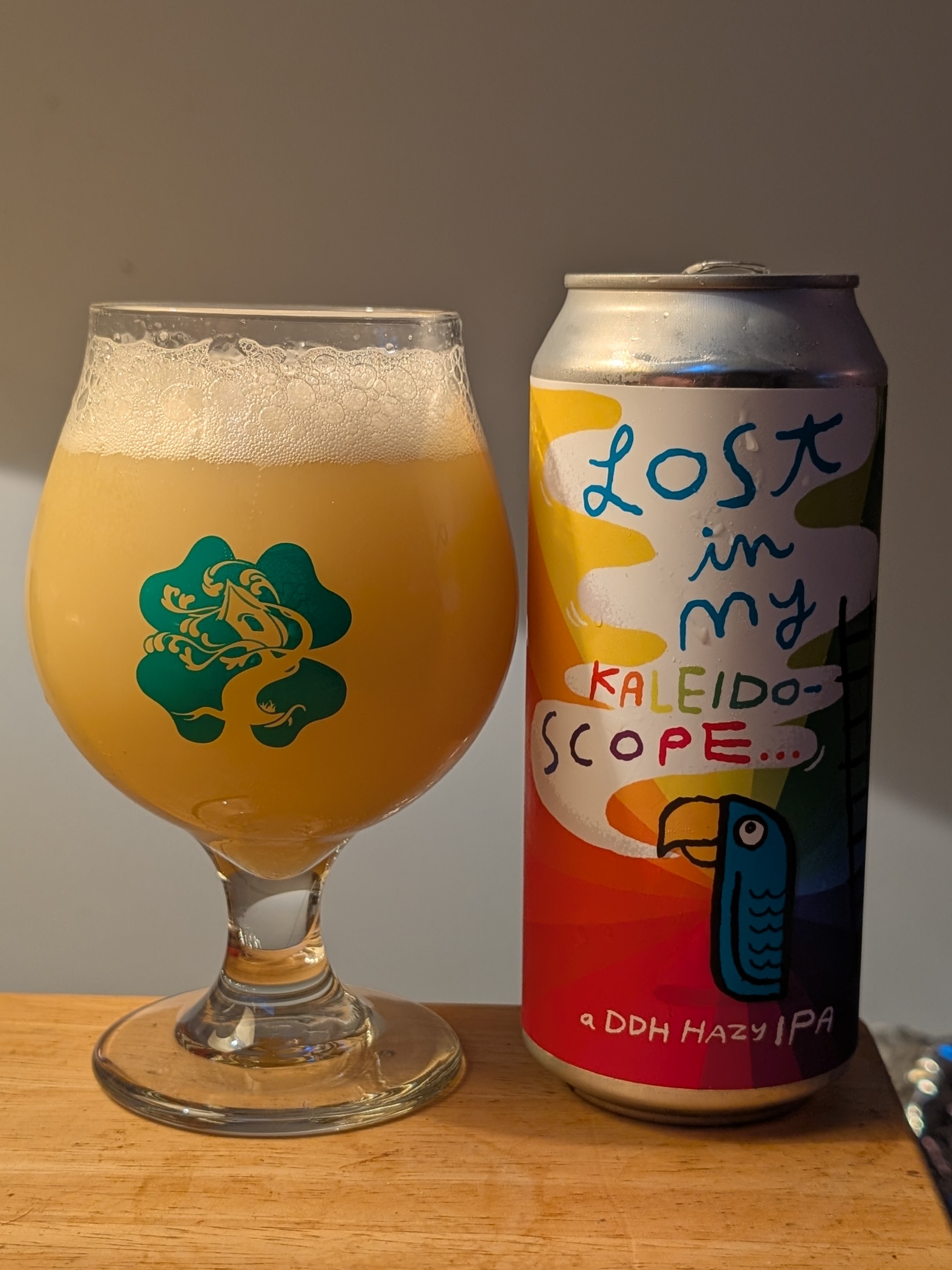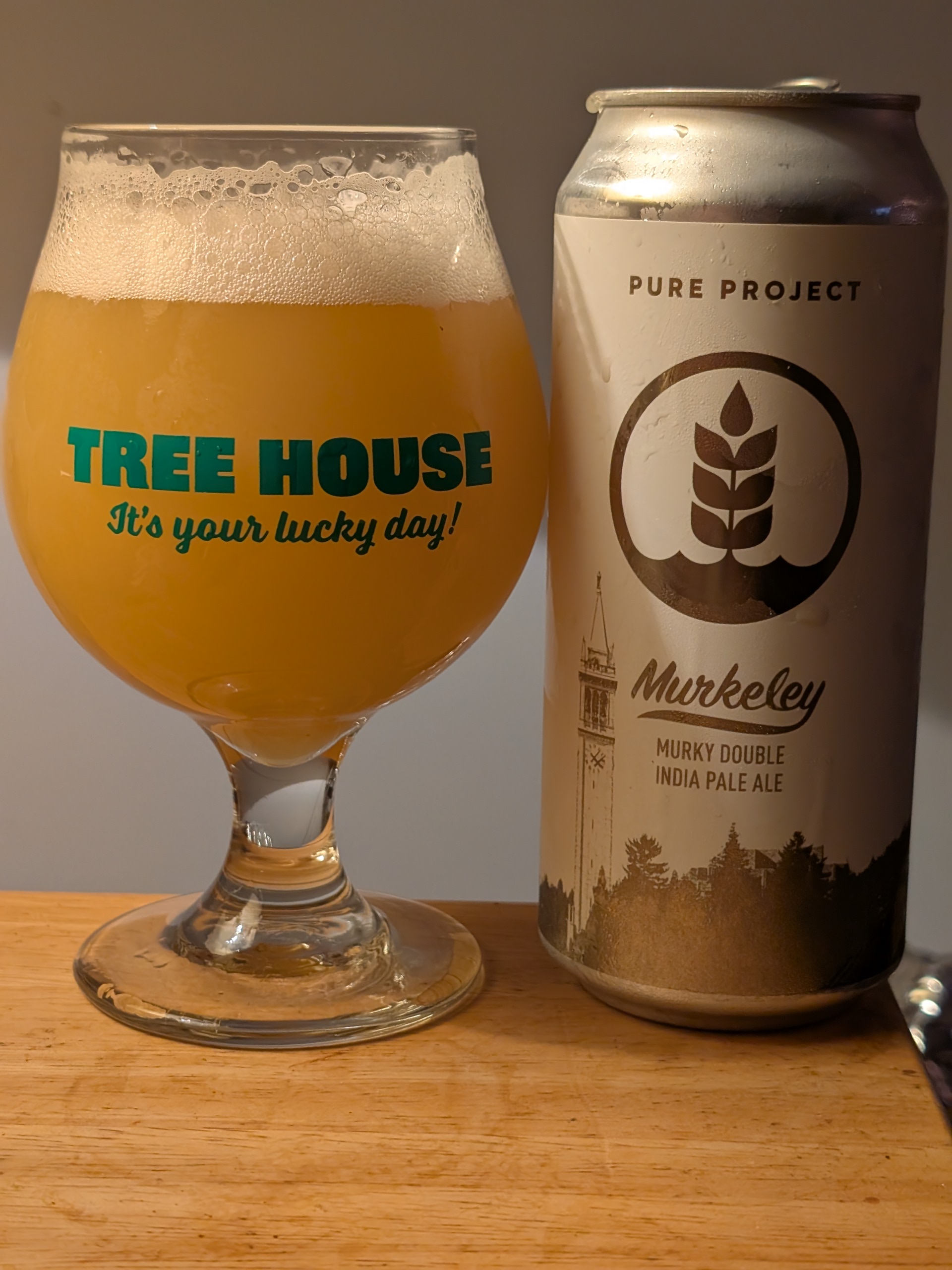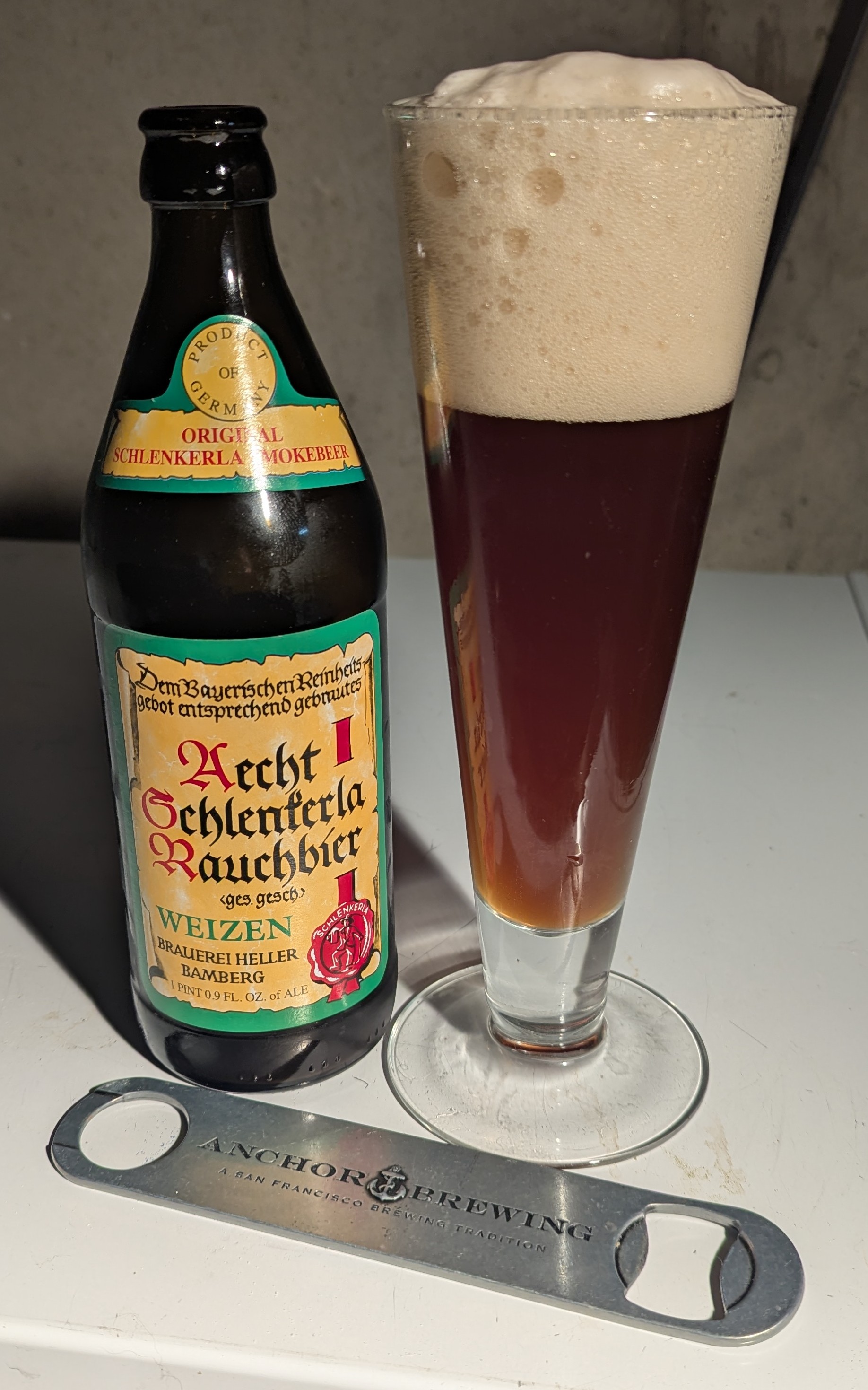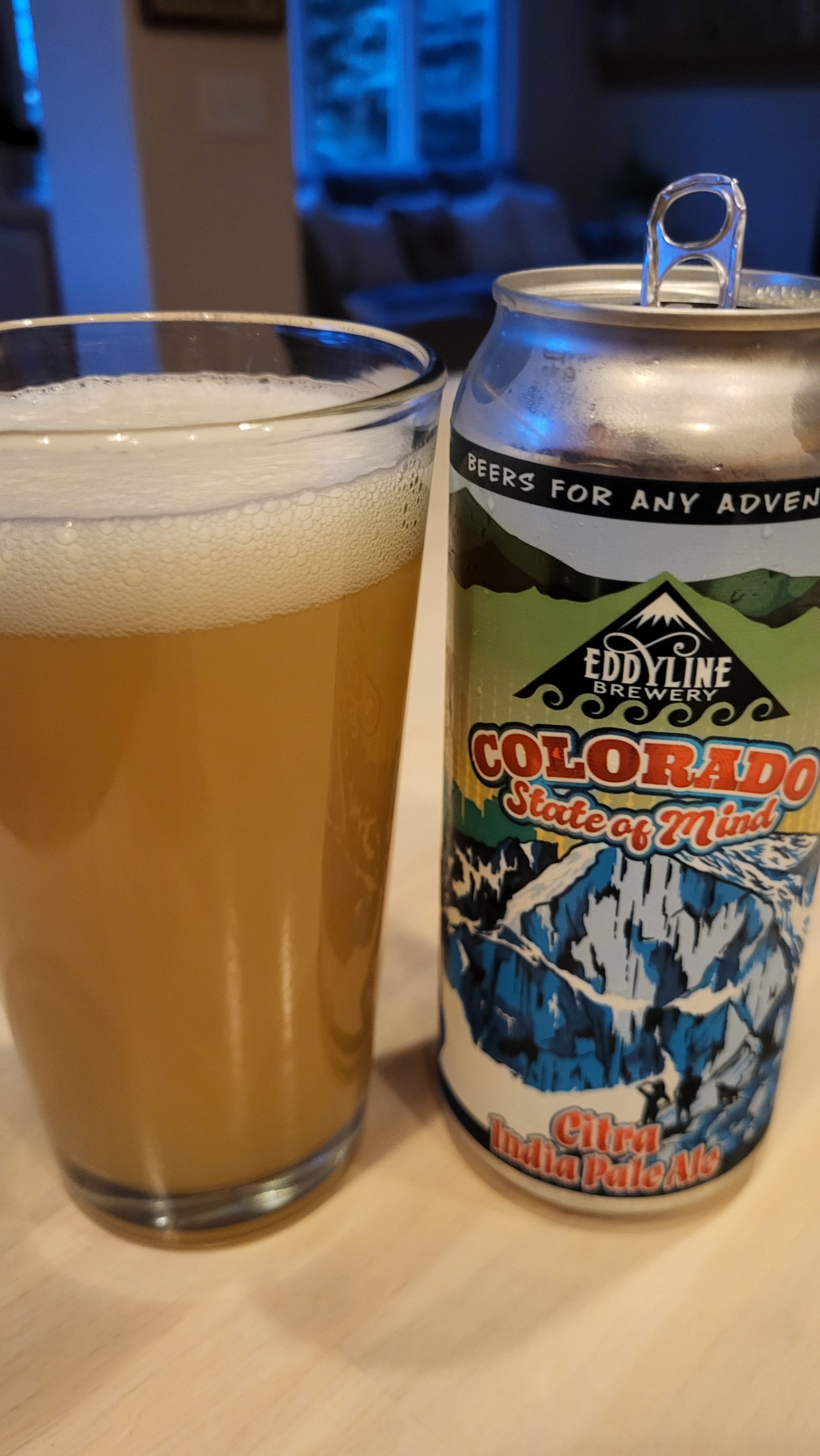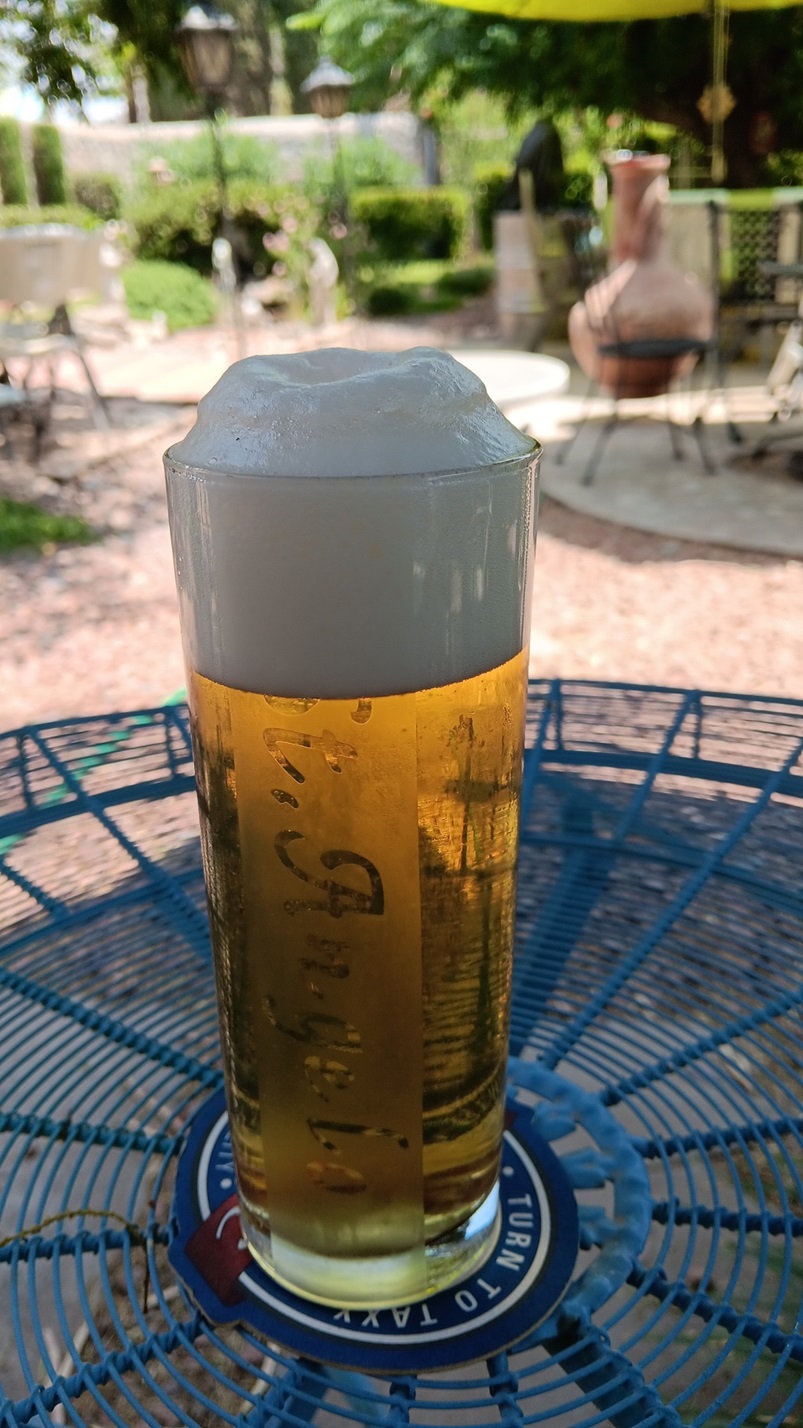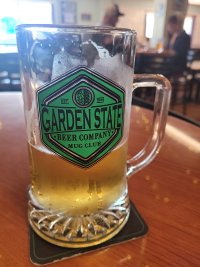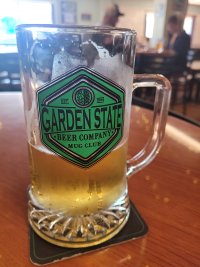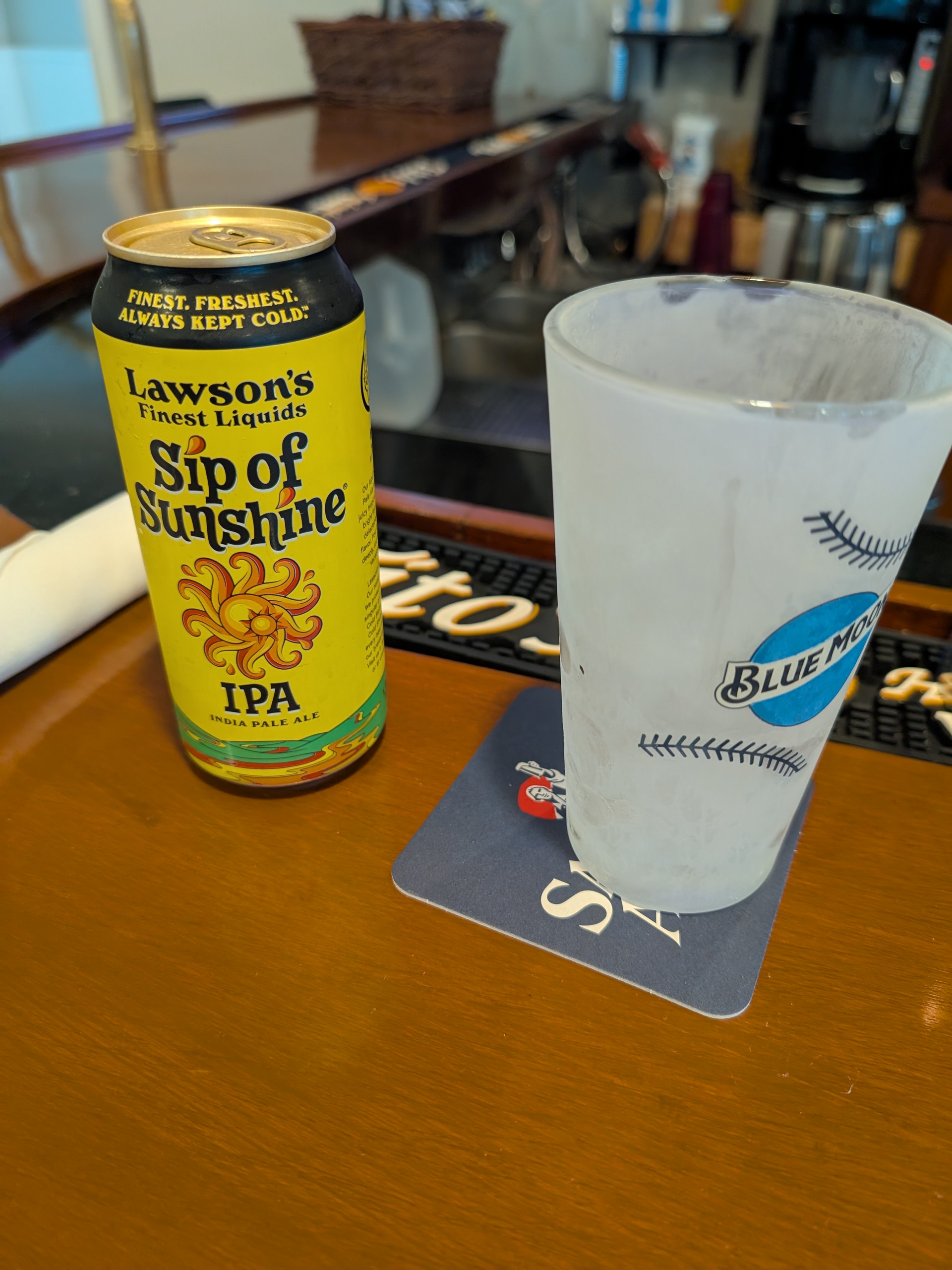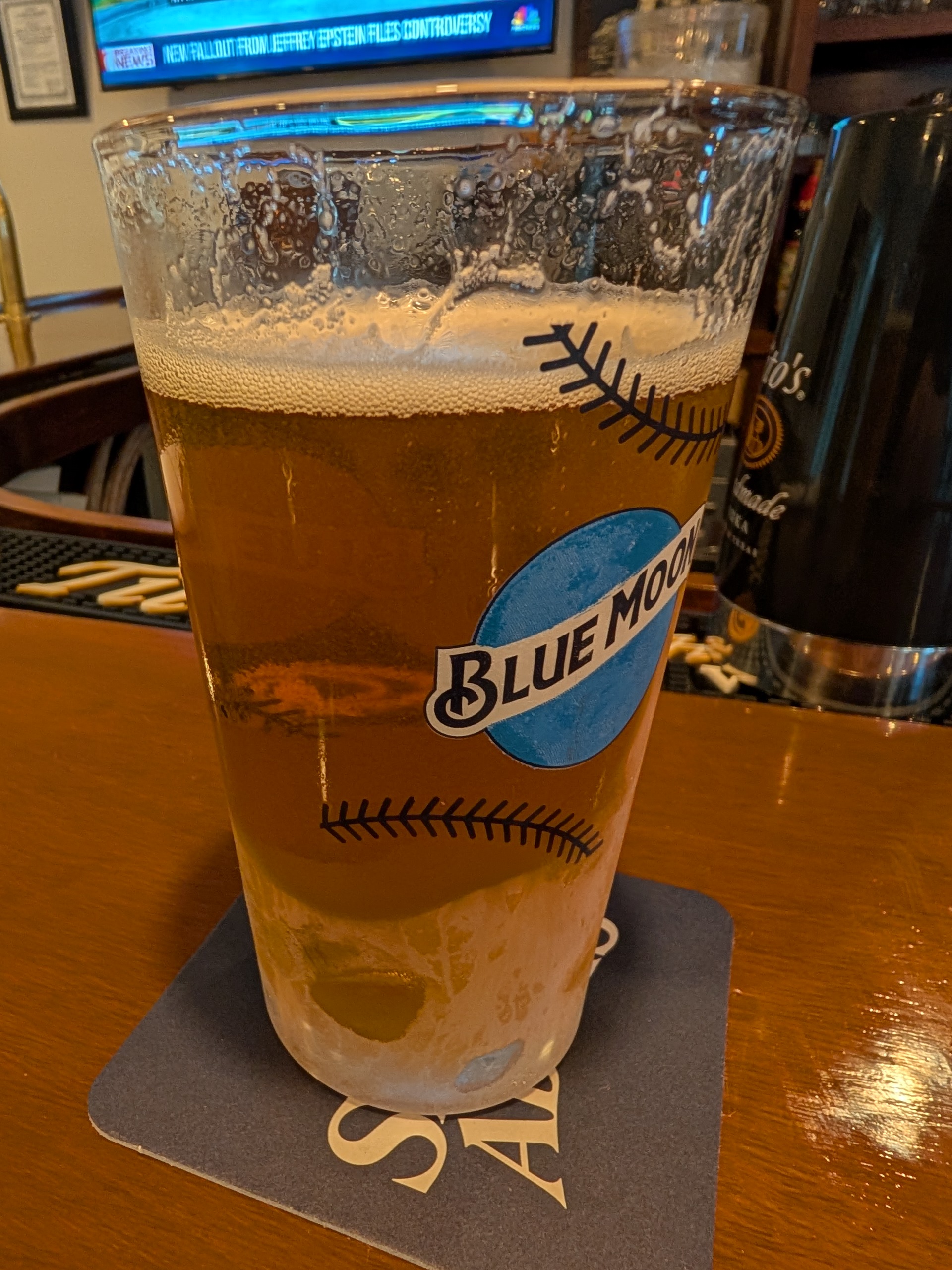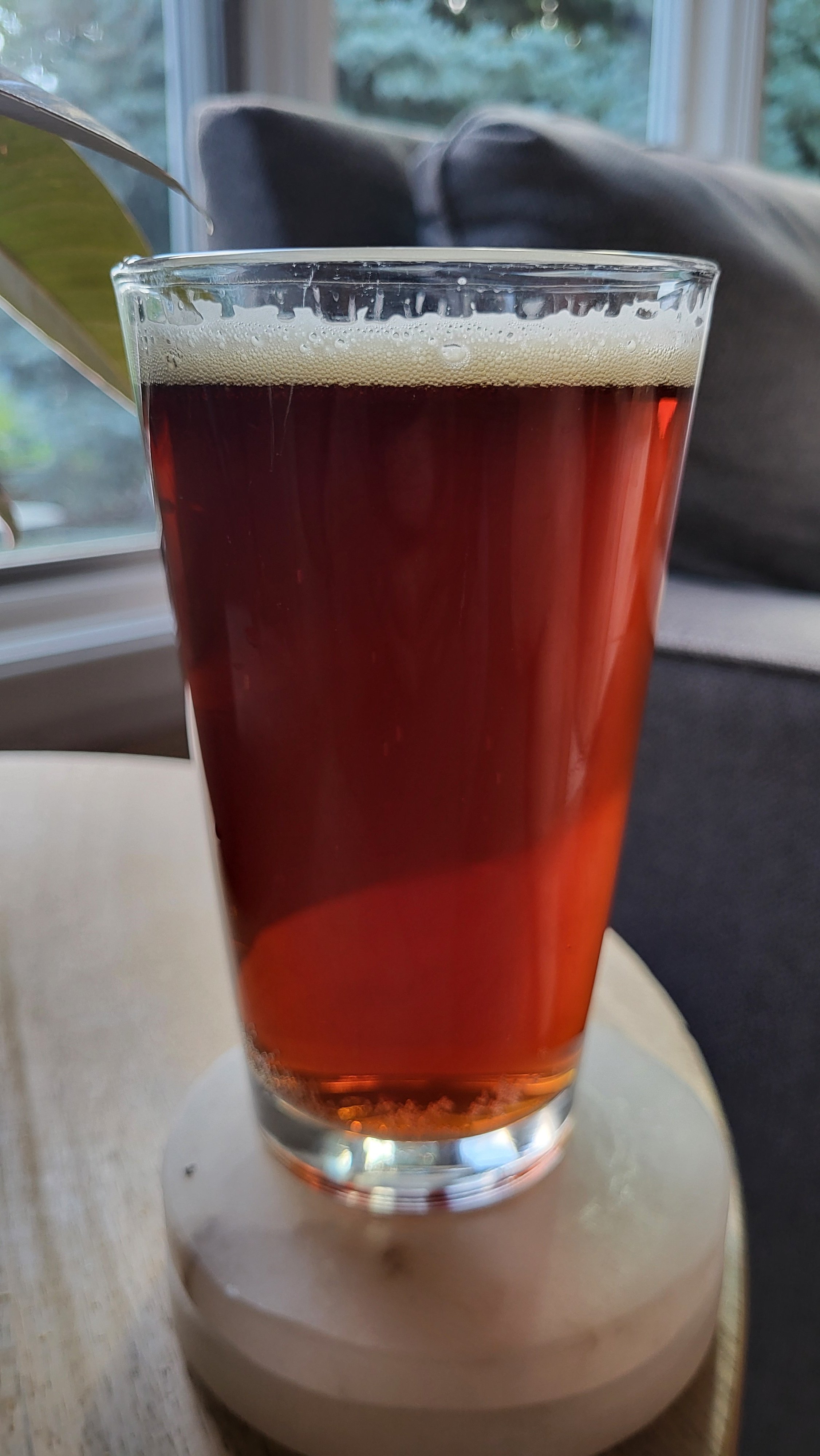You are using an out of date browser. It may not display this or other websites correctly.
You should upgrade or use an alternative browser.
You should upgrade or use an alternative browser.
What are you drinking now?
- Thread starter Dude
- Start date

Help Support Homebrew Talk:
This site may earn a commission from merchant affiliate
links, including eBay, Amazon, and others.
This is a Helles
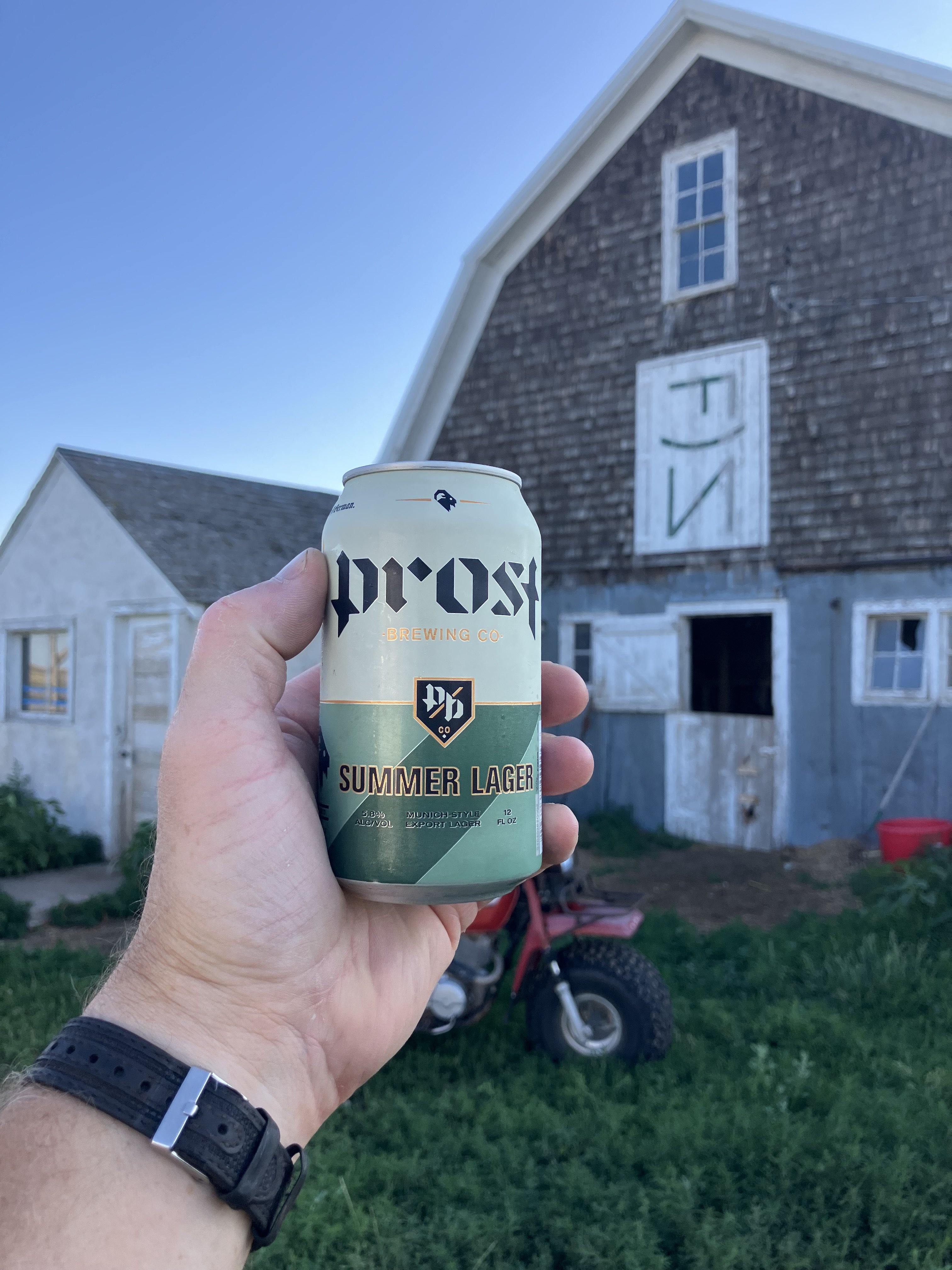

Good beer, bad lighting. Dirt nap^3.
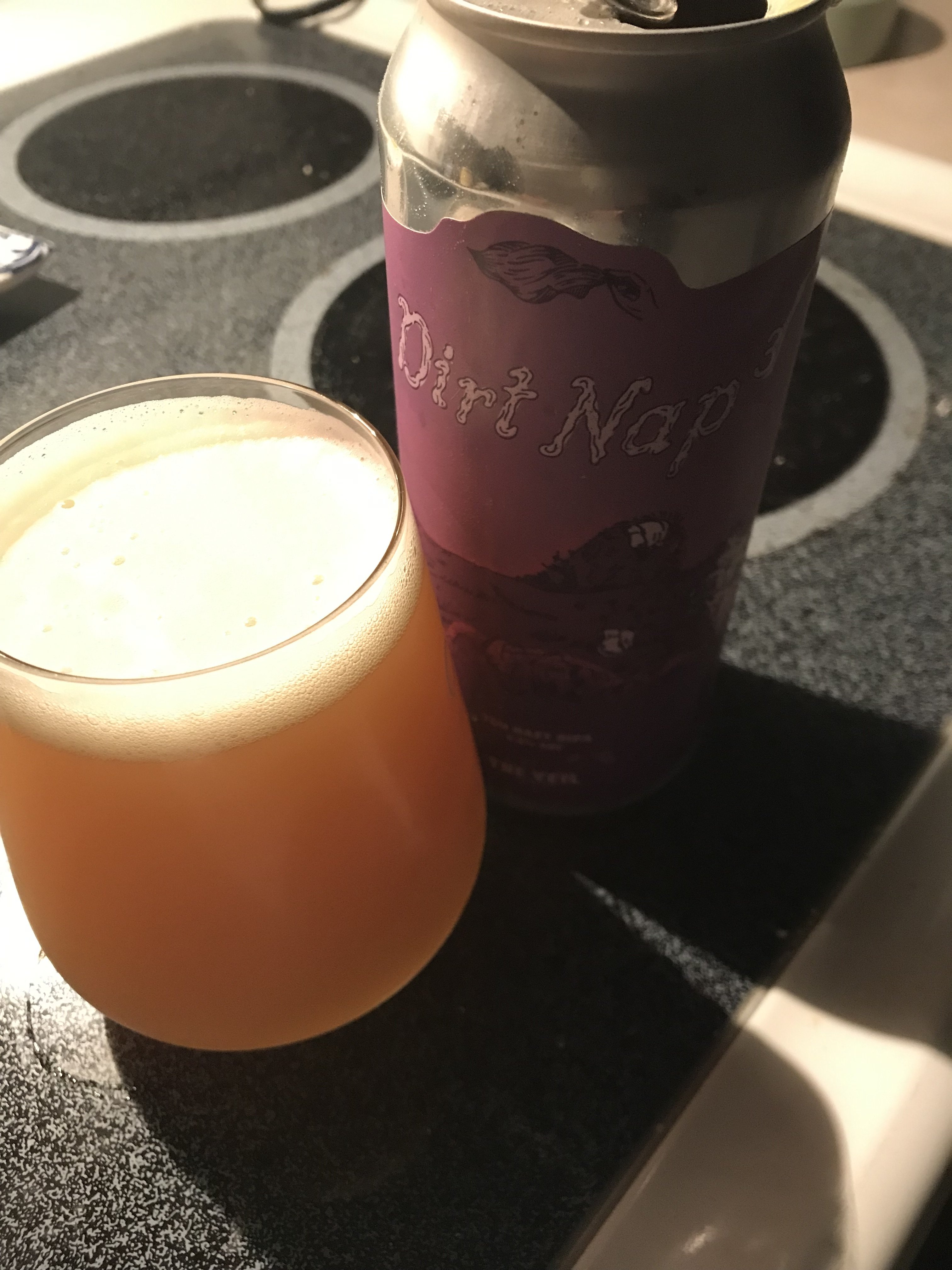

Weekend starts now
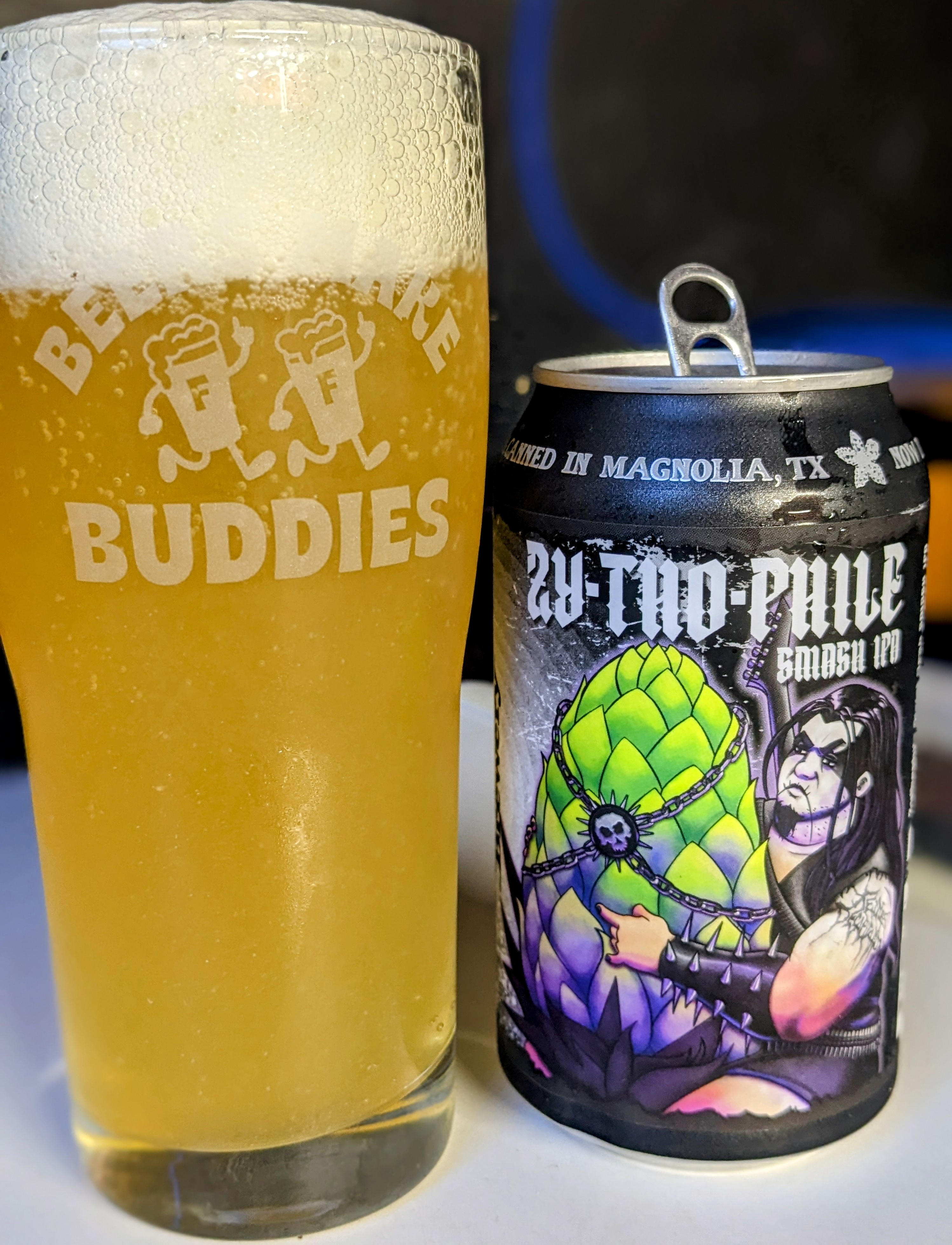

Still have some bargain bin beers from last year
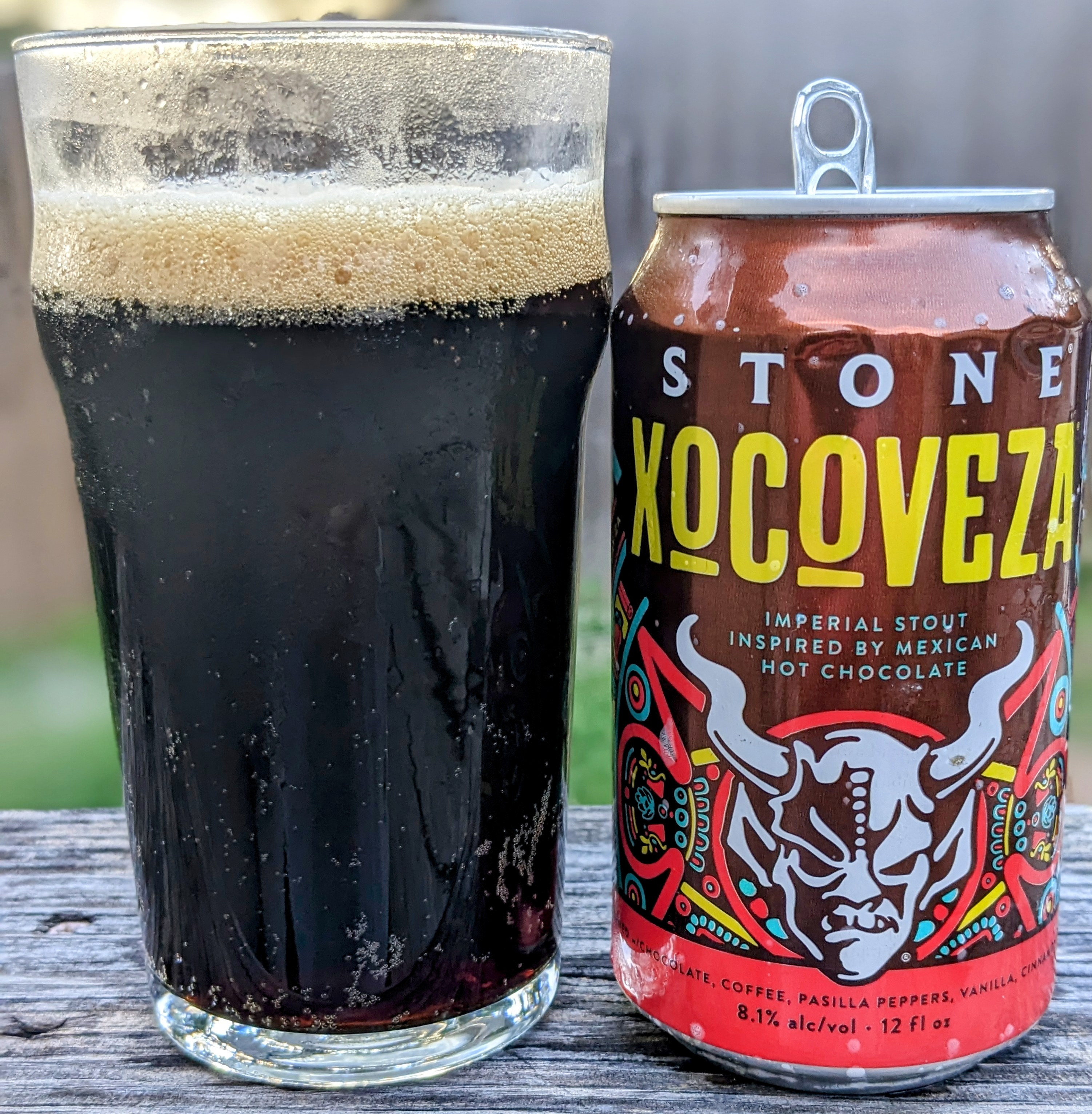


$20.94
$29.99
The Brew Your Own Big Book of Clone Recipes: Featuring 300 Homebrew Recipes from Your Favorite Breweries
Amazon.com

$53.24
1pc Hose Barb/MFL 1.5" Tri Clamp to Ball Lock Post Liquid Gas Homebrew Kegging Fermentation Parts Brewer Hardware SUS304(Liquid Hose Barb)
yunchengshiyanhuqucuichendianzishangwuyouxiangongsi

$53.24
1pc Hose Barb/MFL 1.5" Tri Clamp to Ball Lock Post Liquid Gas Homebrew Kegging Fermentation Parts Brewer Hardware SUS304(Gas MFL)
Guangshui Weilu You Trading Co., Ltd
![Craft A Brew - Safale S-04 Dry Yeast - Fermentis - English Ale Dry Yeast - For English and American Ales and Hard Apple Ciders - Ingredients for Home Brewing - Beer Making Supplies - [1 Pack]](https://m.media-amazon.com/images/I/41fVGNh6JfL._SL500_.jpg)
$6.95 ($17.38 / Ounce)
$7.47 ($18.68 / Ounce)
Craft A Brew - Safale S-04 Dry Yeast - Fermentis - English Ale Dry Yeast - For English and American Ales and Hard Apple Ciders - Ingredients for Home Brewing - Beer Making Supplies - [1 Pack]
Hobby Homebrew

$49.95 ($0.08 / Fl Oz)
$52.99 ($0.08 / Fl Oz)
Brewer's Best - 1073 - Home Brew Beer Ingredient Kit (5 gallon), (Blueberry Honey Ale) Golden
Amazon.com

$33.99 ($17.00 / Count)
$41.99 ($21.00 / Count)
2 Pack 1 Gallon Large Fermentation Jars with 3 Airlocks and 2 SCREW Lids(100% Airtight Heavy Duty Lid w Silicone) - Wide Mouth Glass Jars w Scale Mark - Pickle Jars for Sauerkraut, Sourdough Starter
Qianfenie Direct

$44.99
$49.95
Craft A Brew - Mead Making Kit – Reusable Make Your Own Mead Kit – Yields 1 Gallon of Mead
Craft a Brew

$719.00
$799.00
EdgeStar KC2000TWIN Full Size Dual Tap Kegerator & Draft Beer Dispenser - Black
Amazon.com

$7.79 ($7.79 / Count)
Craft A Brew - LalBrew Voss™ - Kveik Ale Yeast - For Craft Lagers - Ingredients for Home Brewing - Beer Making Supplies - (1 Pack)
Craft a Brew

$76.92 ($2,179.04 / Ounce)
Brewing accessories 1.5" Tri Clamp to Ball Lock Post Liquid Gas Homebrew Kegging Fermentation Parts Brewer Hardware SUS304 Brewing accessories(Gas Hose Barb)
chuhanhandianzishangwu

$479.00
$559.00
EdgeStar KC1000SS Craft Brew Kegerator for 1/6 Barrel and Cornelius Kegs
Amazon.com

$58.16
HUIZHUGS Brewing Equipment Keg Ball Lock Faucet 30cm Reinforced Silicone Hose Secondary Fermentation Homebrew Kegging Brewing Equipment
xiangshuizhenzhanglingfengshop

$22.00 ($623.23 / Ounce)
AMZLMPKNTW Ball Lock Sample Faucet 30cm Reinforced Silicone Hose Secondary Fermentation Homebrew Kegging joyful
无为中南商贸有限公司

$176.97
1pc Commercial Keg Manifold 2" Tri Clamp,Ball Lock Tapping Head,Pressure Gauge/Adjustable PRV for Kegging,Fermentation Control
hanhanbaihuoxiaoshoudian
Now a Pilsner.
Wheat harvest is just getting started in these parts.
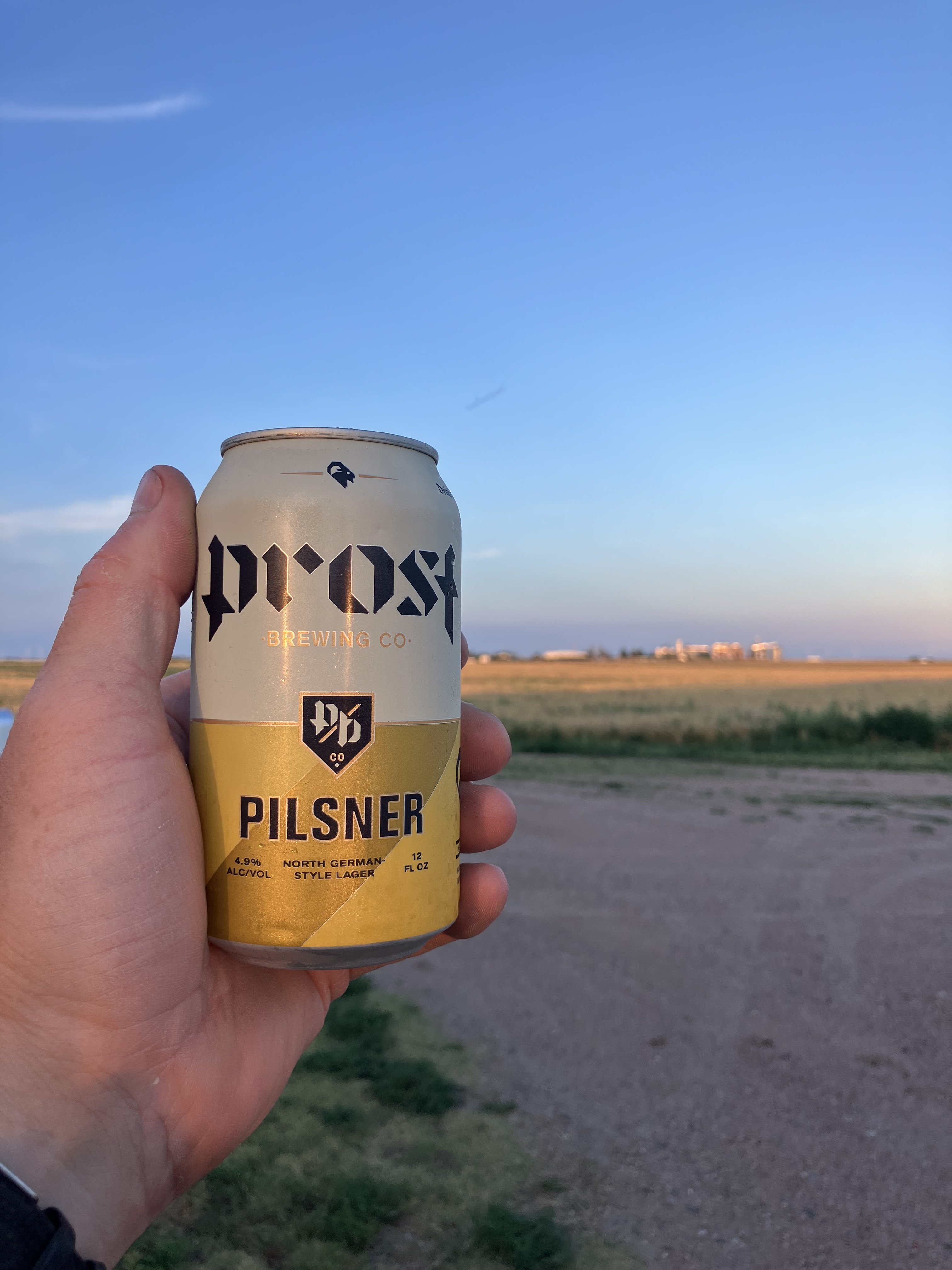
Wheat harvest is just getting started in these parts.

Pennine
Well Known Fool
- Joined
- Sep 10, 2019
- Messages
- 527
- Reaction score
- 2,516
Prost defintely make some fine beers. Haven't had a disappointing one yet.
Pennine
Well Known Fool
- Joined
- Sep 10, 2019
- Messages
- 527
- Reaction score
- 2,516
I will take your advice and happily buy the occasional pint for $6 at the lodge. I'll stick with the quest for the perfect best bitter.Just giving you guff. I wasted five years of my life chasing the ultimate fizzy yellow swill during my Panther Piss Project. It's cheap and easy fun to poke canned domestic swill in the eye from time to time, but it's a fascinating and highly technical rabbit hole that you can very easily lose yourself in if you're not careful. Joking aside, it's perilous to start pondering the hops in Coors Light, you see the evidence in my posts. Turn away, flee, do not ponder the hops in Coors Light! Some knowledge is not worth having!!!!
Shoe Tree dipa and a HB hazy.
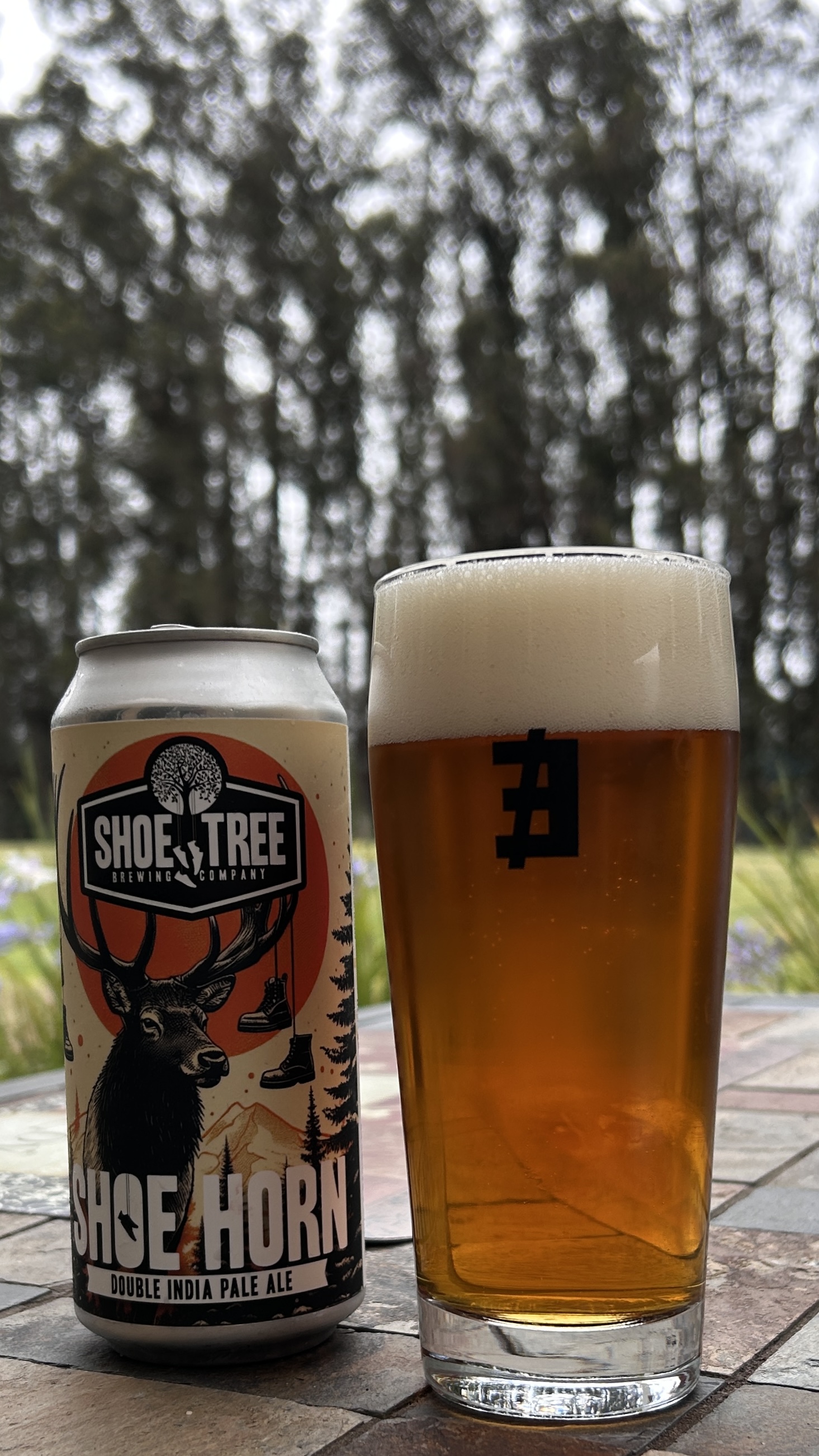
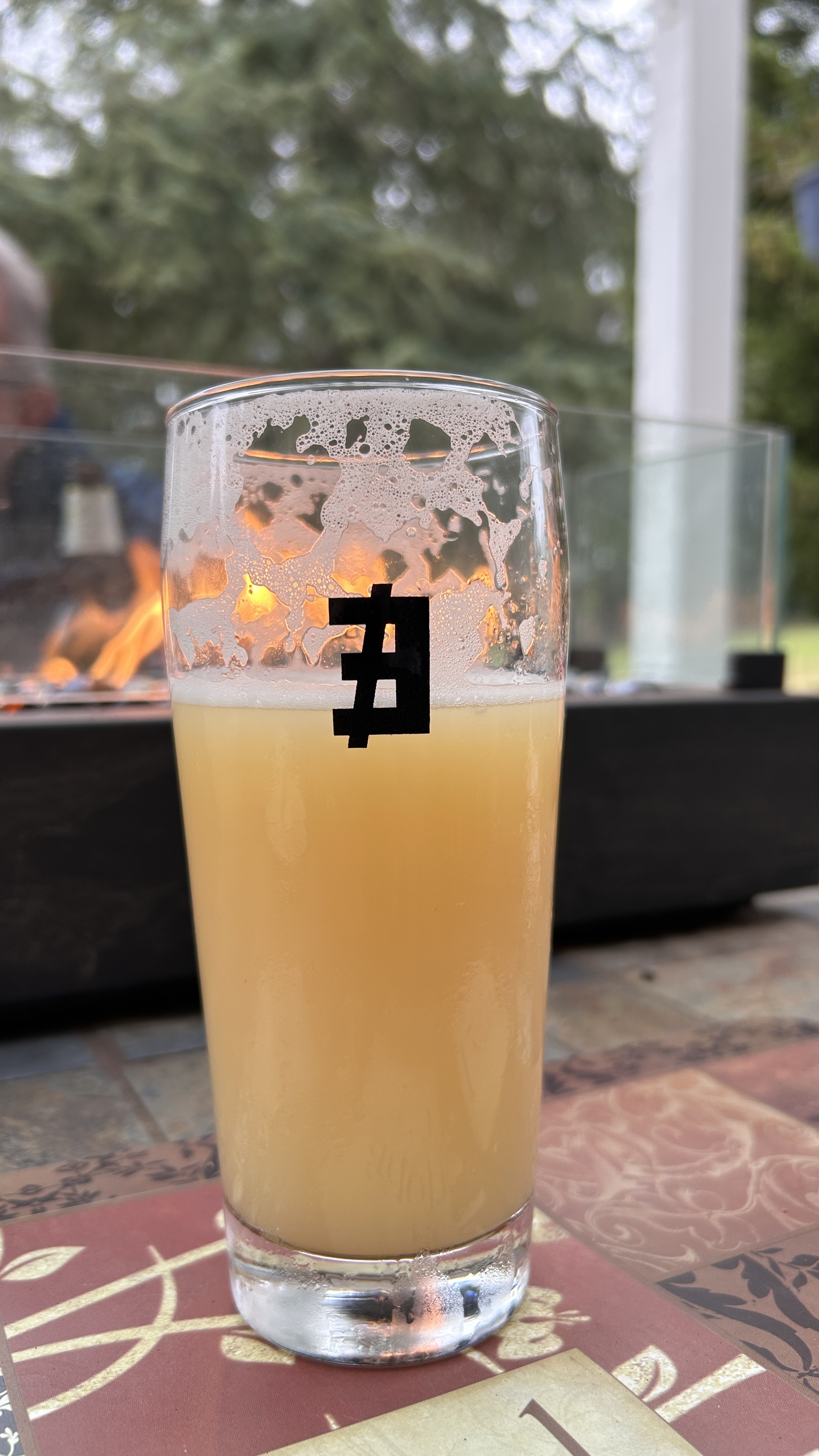


RonnieBiggs
Well-Known Member
Bottoms up
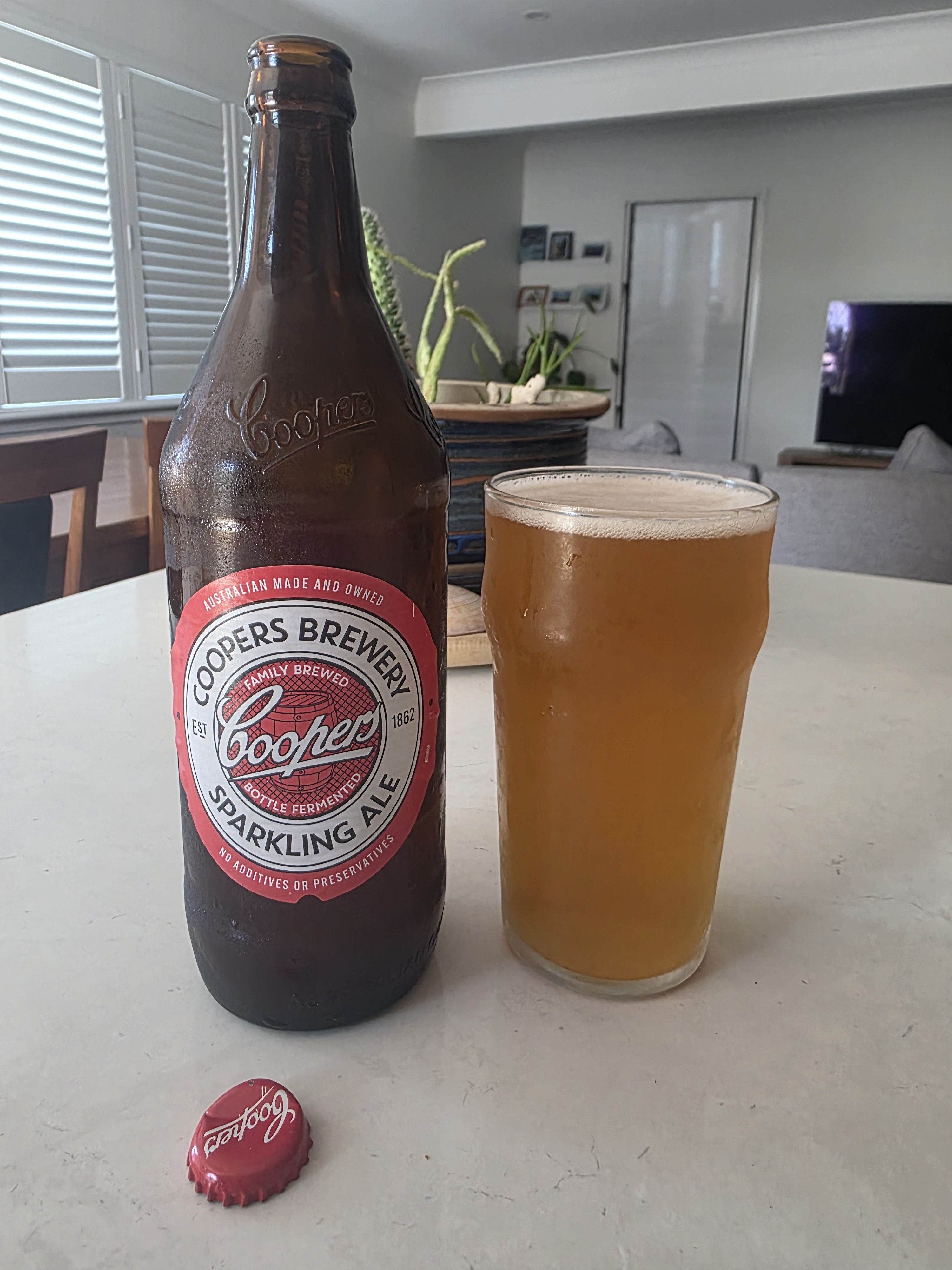

Went to a fun murder mystery tonight at a nearby winery. So having some wine at home after. By its description, this is a California red blend known for its rich, full-bodied flavor profile. It features notes of ripe blackberry, black cherry, dark chocolate, espresso, and roasted oak. The wine is crafted to be smooth, balanced, and enjoyable as an everyday red, with a good depth of flavor and complexity. It used to be called Witching Hour dark red blend. Now its called Stories and Spells. Its one we’ve had a few times.
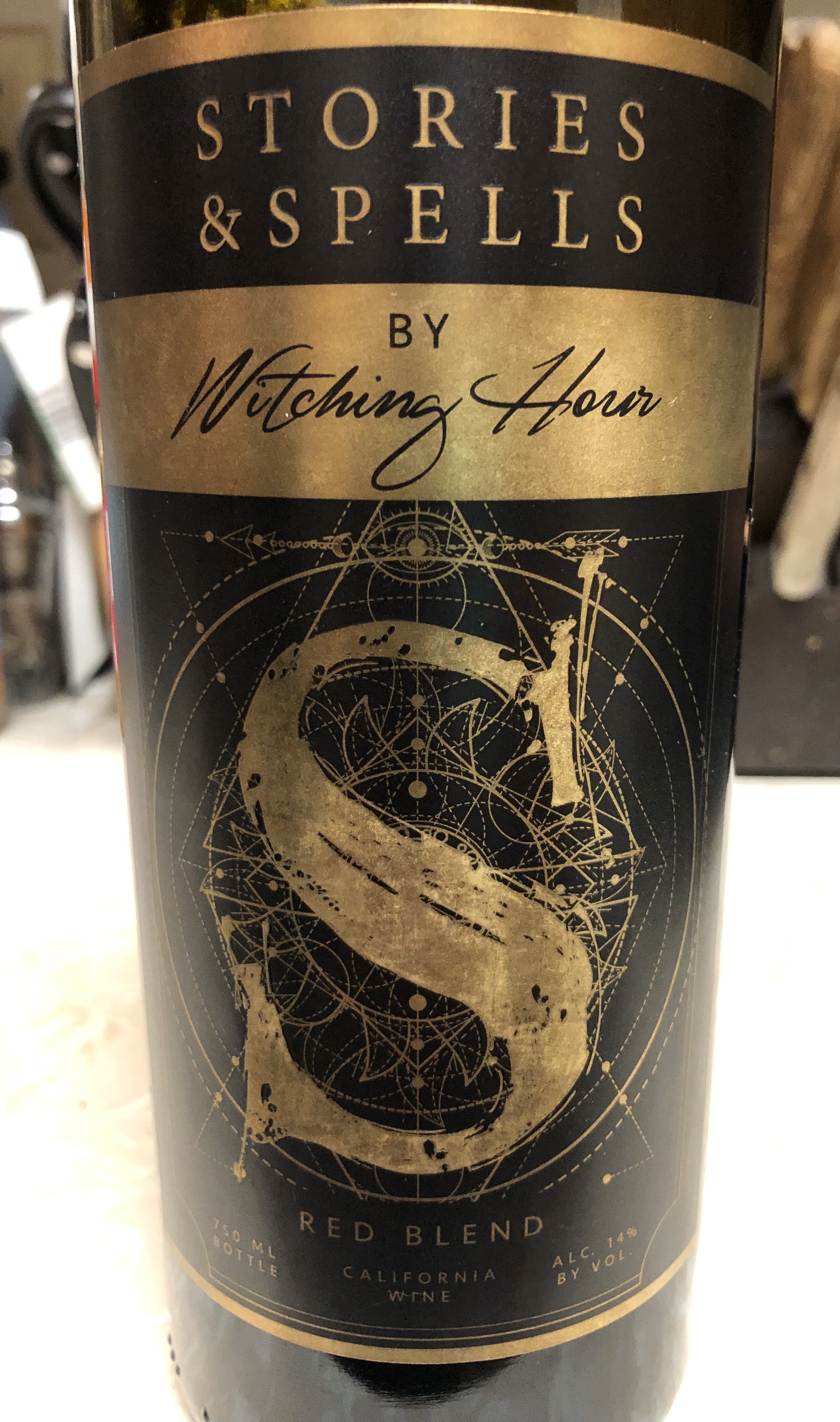

RonnieBiggs
Well-Known Member
Not a super huge fan of the style, im trying though. A little more golden than hazy you think??
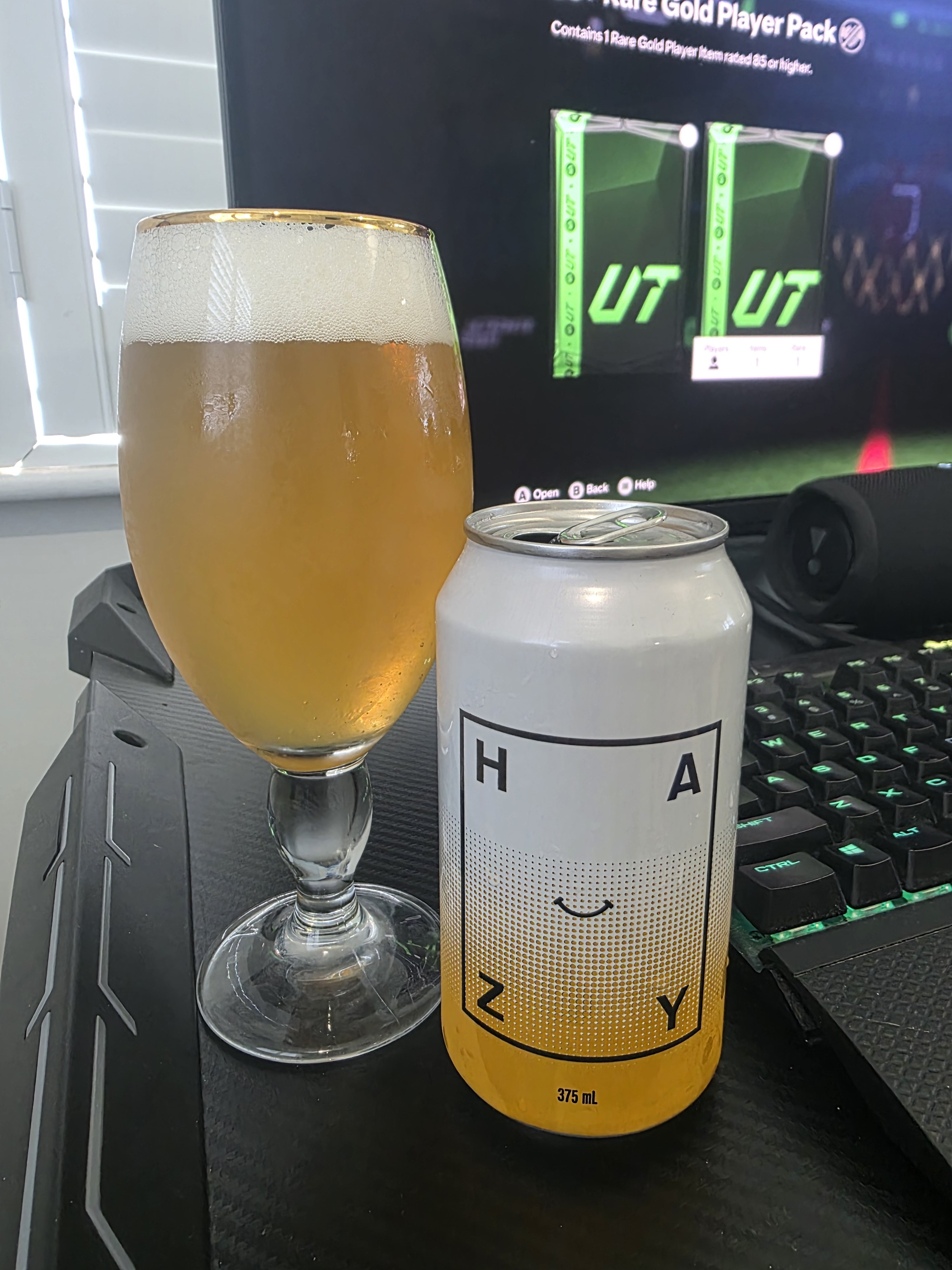

Last edited:
- Joined
- Nov 11, 2018
- Messages
- 274
- Reaction score
- 2,391
Guess I had too many. Can’t spell!Nice local Dunkek.. I always like to support local breweries.
- Joined
- Sep 6, 2021
- Messages
- 583
- Reaction score
- 2,515
ClaudiusB
Well-Known Member
I accept your drinking challenge for this evening. Keep on practicing. I will bring a stein you may not have seen.I'll see ClaudiusB's Stanger of Kolsch and raise him one stein of Cream Ale. Delicious!
Cheers

Need to start the ABV catch up race....
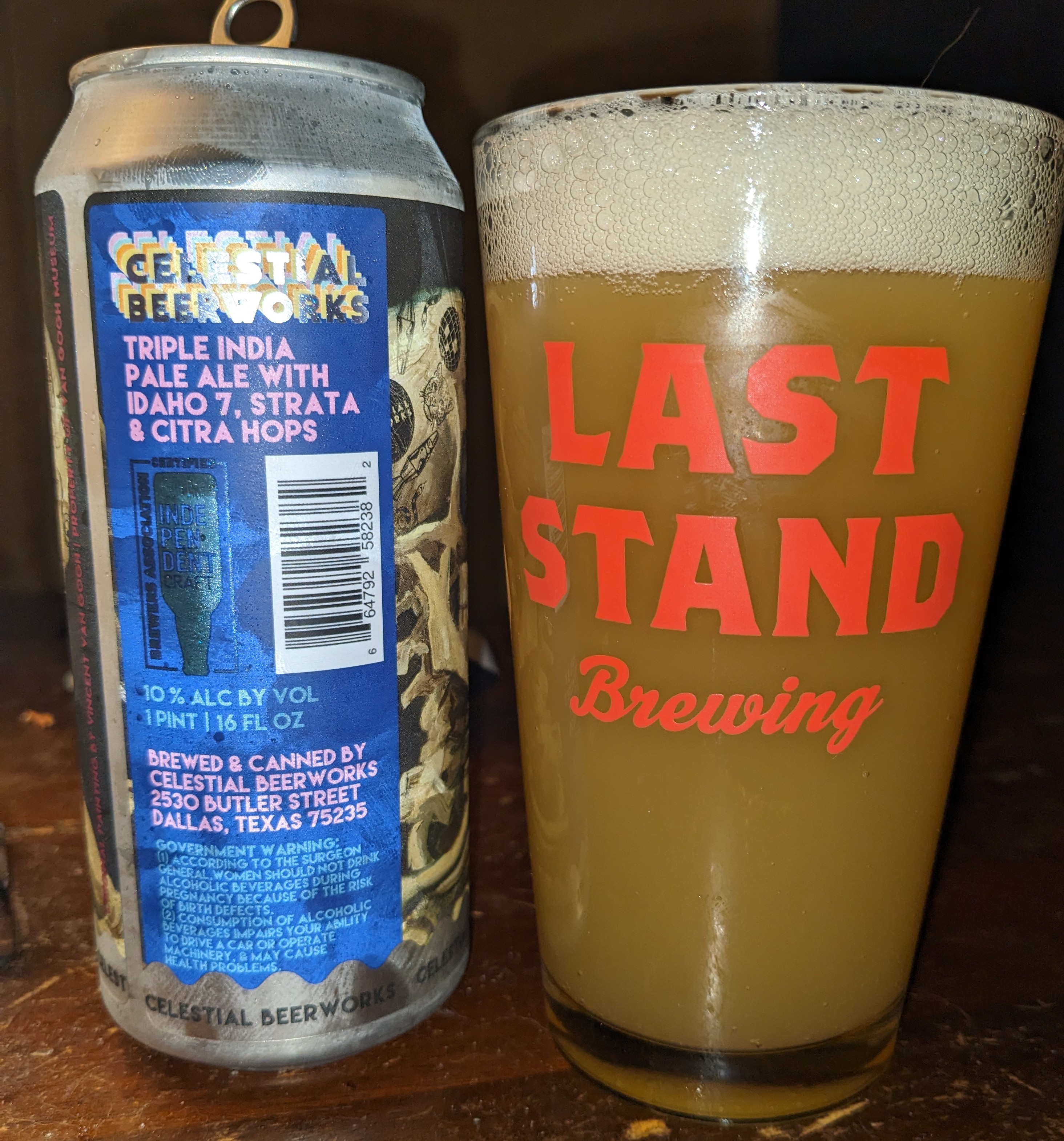

Today I kickoff at least 11 days of delicious Helles beers! So what constitutes a Helles beer? Well, I rounded up the 11 Helles Lagers currently available in Southern California to find out what makes these tick. Traditionally, a Helles is a “Light” beer, and not the way we view “Light” in the US. Literally, Helles refers to “Light” in the German way, meaning “Light” in color, but not light in Calories or ABV.
So when we see the words “Hell” or Helles”, we are referring to a “Light Color” but malt-forward Lager. Whereas with a hop-forward Pilsner, we might see 25-45 IBU, on a more malt-forward Helles we might expect between 16-22 IBU. Hey, what about that 3-point IBU gap between a Helles and a Pilsner? We’ll that’s sort of the grey area you might find more highly-hopped Helles beers or more lightly-hopped Pilsners. It’s that crossover range between the two.
A good example of this is the North Coast Scrimshaw Pilsner I drank last month. This is a beer in that crossover range. Last month, I felt this was more of a Helles than a Pilsner – drink a bunch of Bavarian Pilsners in a row then drink a Scrimshaw and you’ll see what I mean. It is delicious, but definitely more of a Helles in my humble opinion. Because of that, I’m including Scrimshaw in this tour of Helles beers.
When I’m buying the beer for newbies, I generally suggest most non-beer people have a Helles rather than a Pilsner. My personal preference is Pilsners, but I find Helles Lagers are more what your typical non-beer drinker is looking for when they are forced into actually drinking a beer!
So, we have 8 German Helles Lagers, 1 can of Austrian Steigl which essentially is like a Bavarian Helles, even though they are out of Salzberg, and we have two California beers, Scrimshaw by North Coast Brewing in San Jose and Ruekeller Helles produced by The Bruery, located in Placentia, California. I have to point out, it takes a while to round up all participants here. Any time I do one of these tours, it might take a month or two to round up all the usual suspects, supply chains being what they are.
First up is Weltenburger Kloster, the World’s oldest Monastery Brewery since 1050! Not to be confused with Weihenstephaner, the World’s Oldest Brewery, Since 1040! Amazing that through all the European conflicts in 1000+ years, there are still records out there documenting this. Think about that – Weltenburger Kloster – cranking it out for 2025-1050 / 25 = 39.4 generations! Ice cold beer – great way of “bringing in the flock!”
This is a terrific, malt-forward beer, 4.9% ABV with a 20 IBU. You don’t see this brand much, but it is on the shelves now, go pick up a 4-pack! Prost!
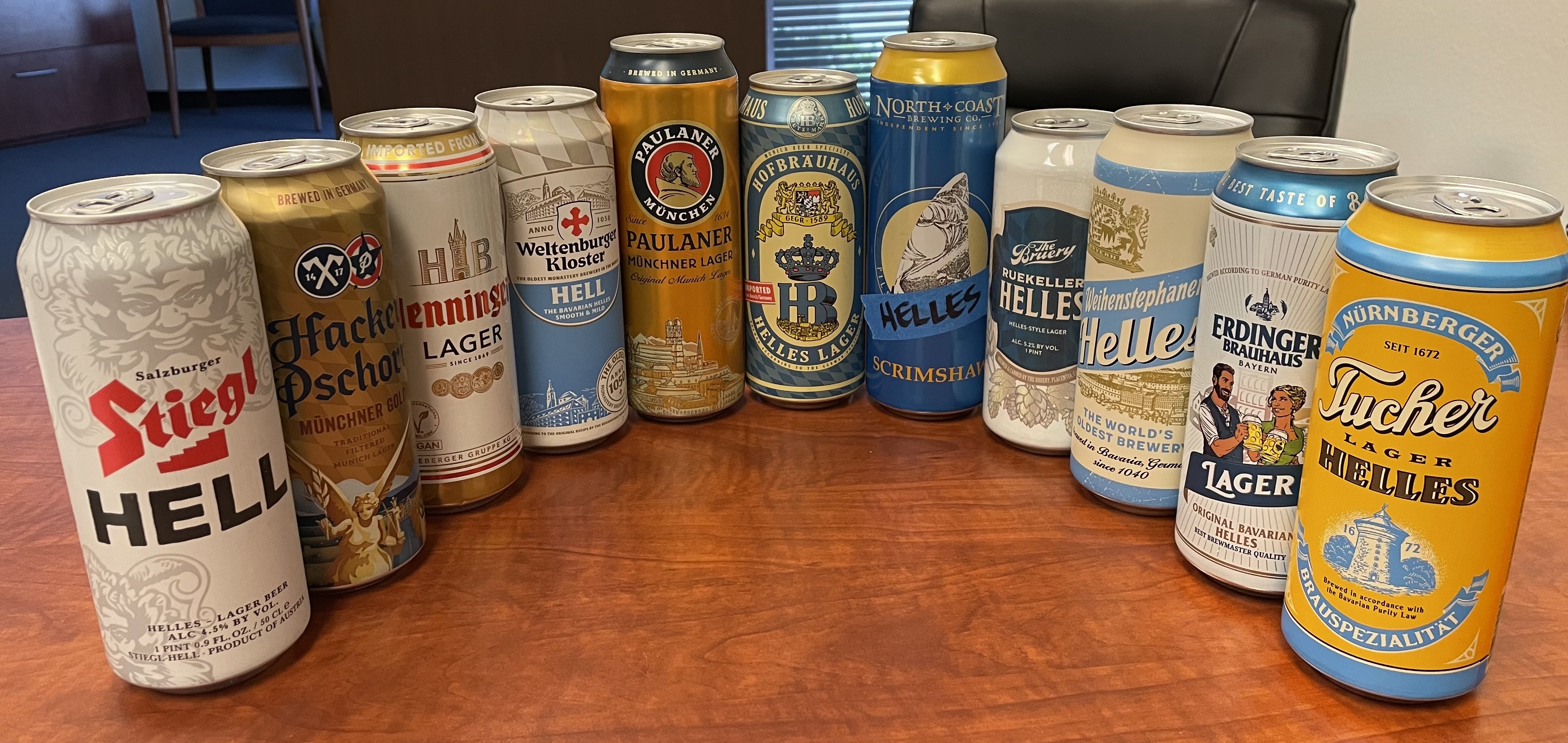
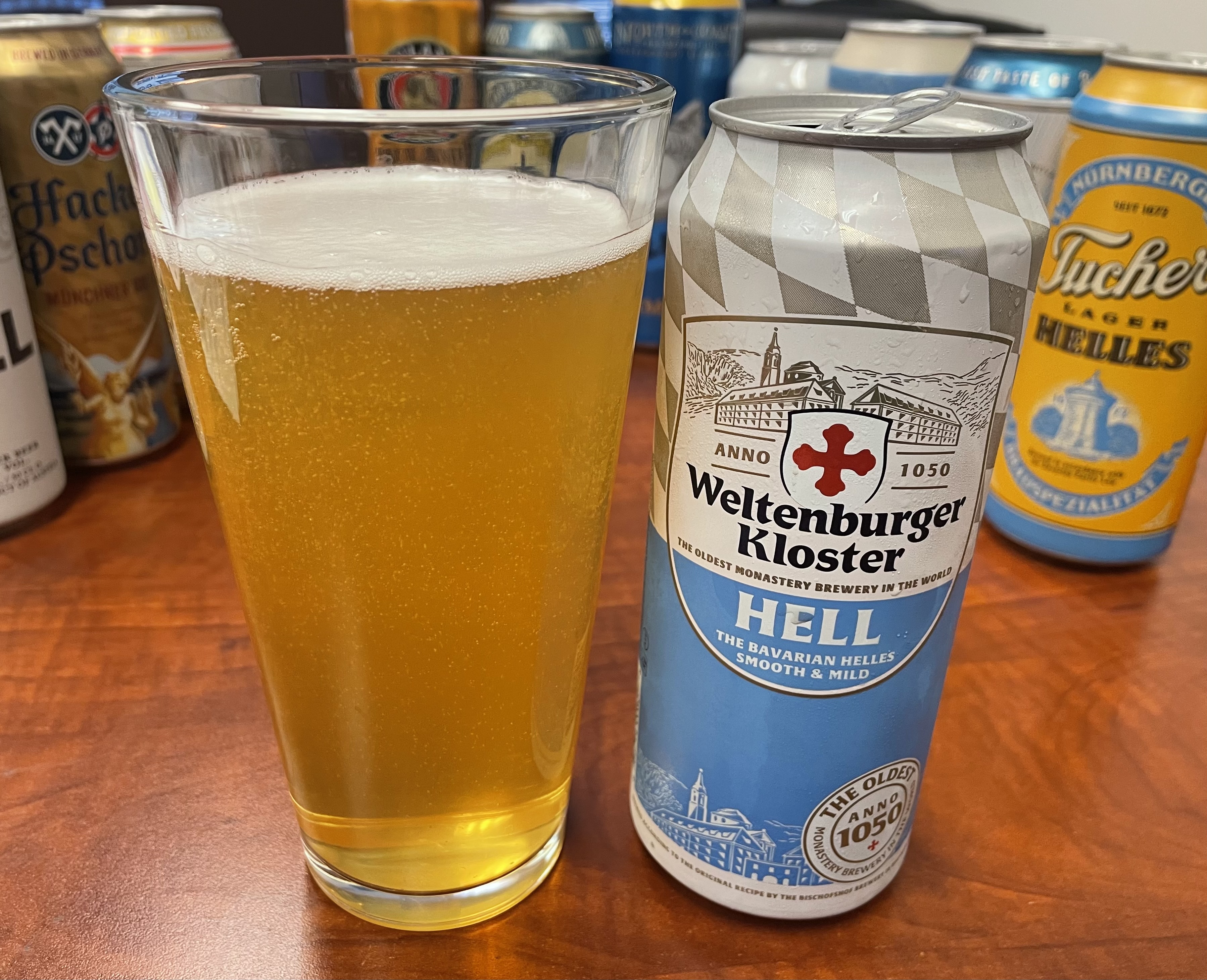
So when we see the words “Hell” or Helles”, we are referring to a “Light Color” but malt-forward Lager. Whereas with a hop-forward Pilsner, we might see 25-45 IBU, on a more malt-forward Helles we might expect between 16-22 IBU. Hey, what about that 3-point IBU gap between a Helles and a Pilsner? We’ll that’s sort of the grey area you might find more highly-hopped Helles beers or more lightly-hopped Pilsners. It’s that crossover range between the two.
A good example of this is the North Coast Scrimshaw Pilsner I drank last month. This is a beer in that crossover range. Last month, I felt this was more of a Helles than a Pilsner – drink a bunch of Bavarian Pilsners in a row then drink a Scrimshaw and you’ll see what I mean. It is delicious, but definitely more of a Helles in my humble opinion. Because of that, I’m including Scrimshaw in this tour of Helles beers.
When I’m buying the beer for newbies, I generally suggest most non-beer people have a Helles rather than a Pilsner. My personal preference is Pilsners, but I find Helles Lagers are more what your typical non-beer drinker is looking for when they are forced into actually drinking a beer!
So, we have 8 German Helles Lagers, 1 can of Austrian Steigl which essentially is like a Bavarian Helles, even though they are out of Salzberg, and we have two California beers, Scrimshaw by North Coast Brewing in San Jose and Ruekeller Helles produced by The Bruery, located in Placentia, California. I have to point out, it takes a while to round up all participants here. Any time I do one of these tours, it might take a month or two to round up all the usual suspects, supply chains being what they are.
First up is Weltenburger Kloster, the World’s oldest Monastery Brewery since 1050! Not to be confused with Weihenstephaner, the World’s Oldest Brewery, Since 1040! Amazing that through all the European conflicts in 1000+ years, there are still records out there documenting this. Think about that – Weltenburger Kloster – cranking it out for 2025-1050 / 25 = 39.4 generations! Ice cold beer – great way of “bringing in the flock!”
This is a terrific, malt-forward beer, 4.9% ABV with a 20 IBU. You don’t see this brand much, but it is on the shelves now, go pick up a 4-pack! Prost!


Last edited:
A beer a day keeps the plumbing OK.
Beer for me, Claw Tail for her.
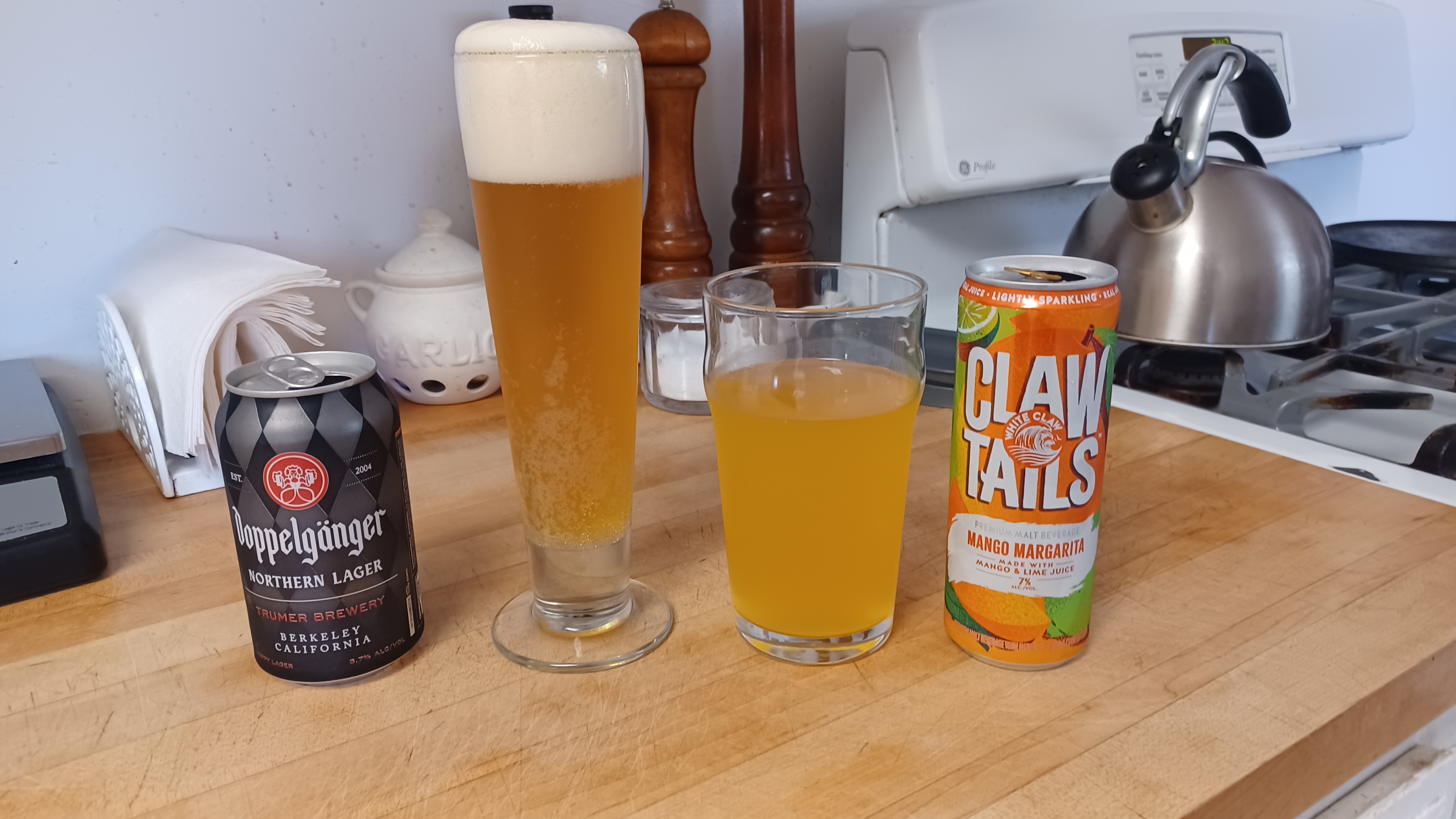

X2. These are tasty and just fun to drink. Reminds me of cookouts with friends back in the '80's.
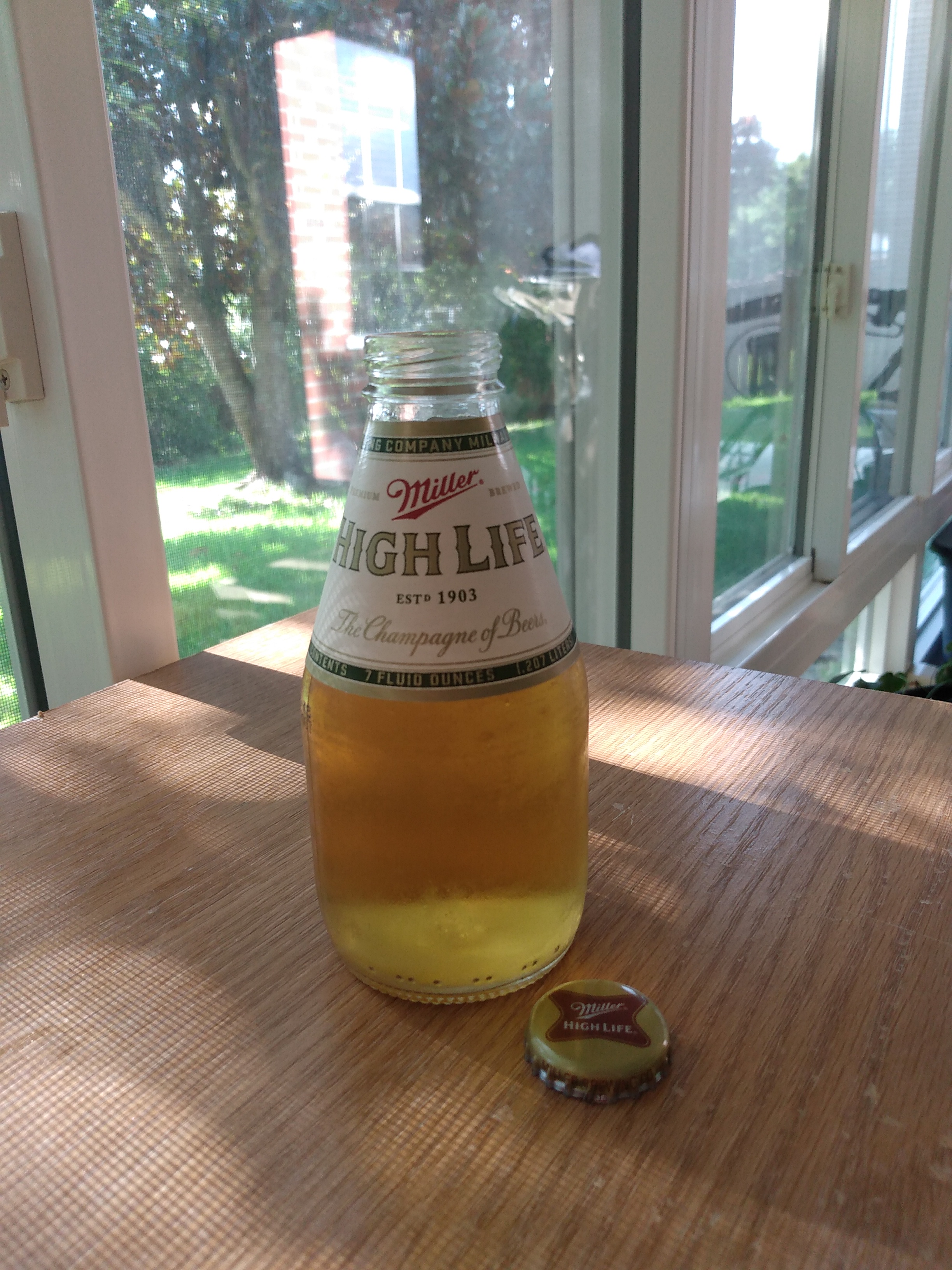

Niece and her high school friends wanted and then didn't want to use the pool. Uncle Uber duty done. Yeti tumbler has teq neat. Calgon. Take me away
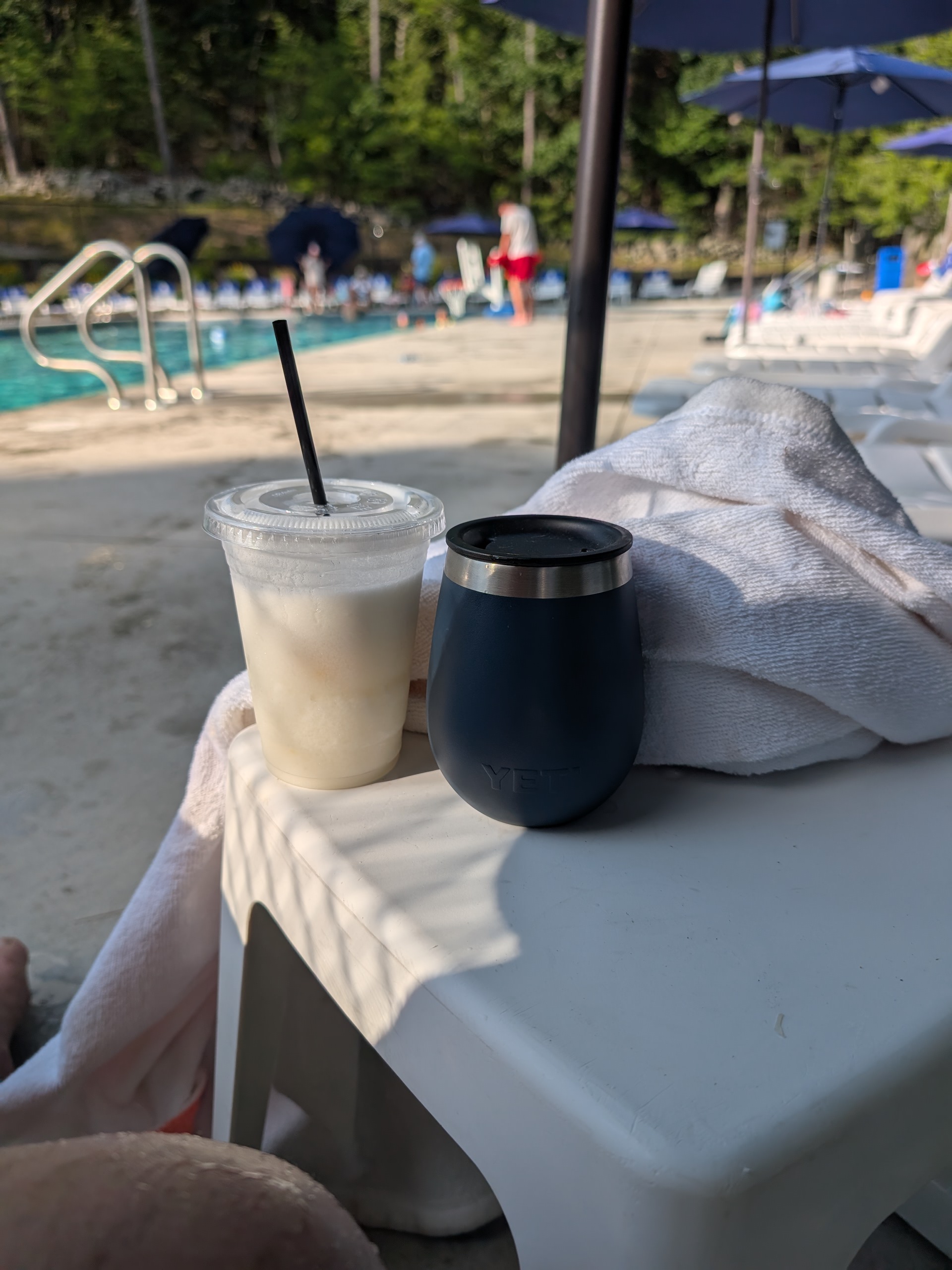

Something refreshing on a warm day.
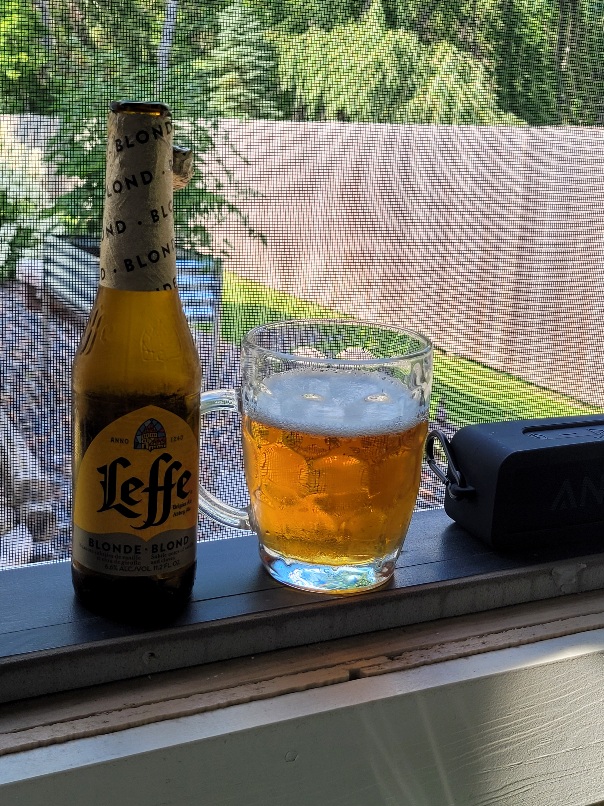

My house ordinary bitter.
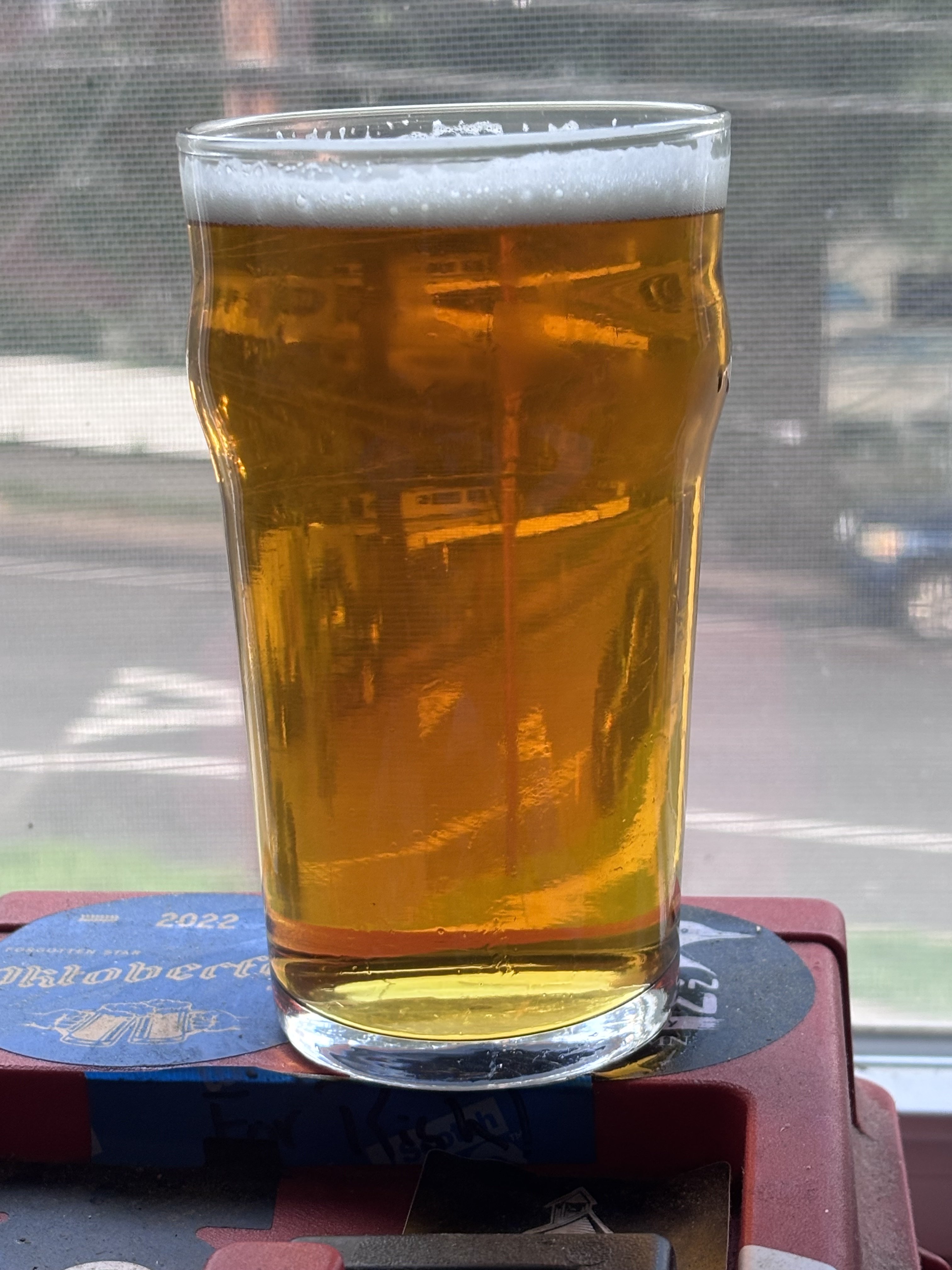

- Joined
- Sep 6, 2021
- Messages
- 583
- Reaction score
- 2,515
I'm a rank amateur in comparison. Pick a table; you can drink me under it.I accept your drinking challenge for this evening. Keep on practicing. I will bring a stein you may not have seen.
Cheers
Since we're apparently in a race, 16oz X 10%= 160 Alcohol Units, AU for short. Adding this beer is now 264AU. My table still has a force field under it. 
I'm watching The Mummy so this many units of beer in ancient Egyptian. What a time to be alive!
𓃊𓃎𓃌 𓃀𓅂𓅂𓂋
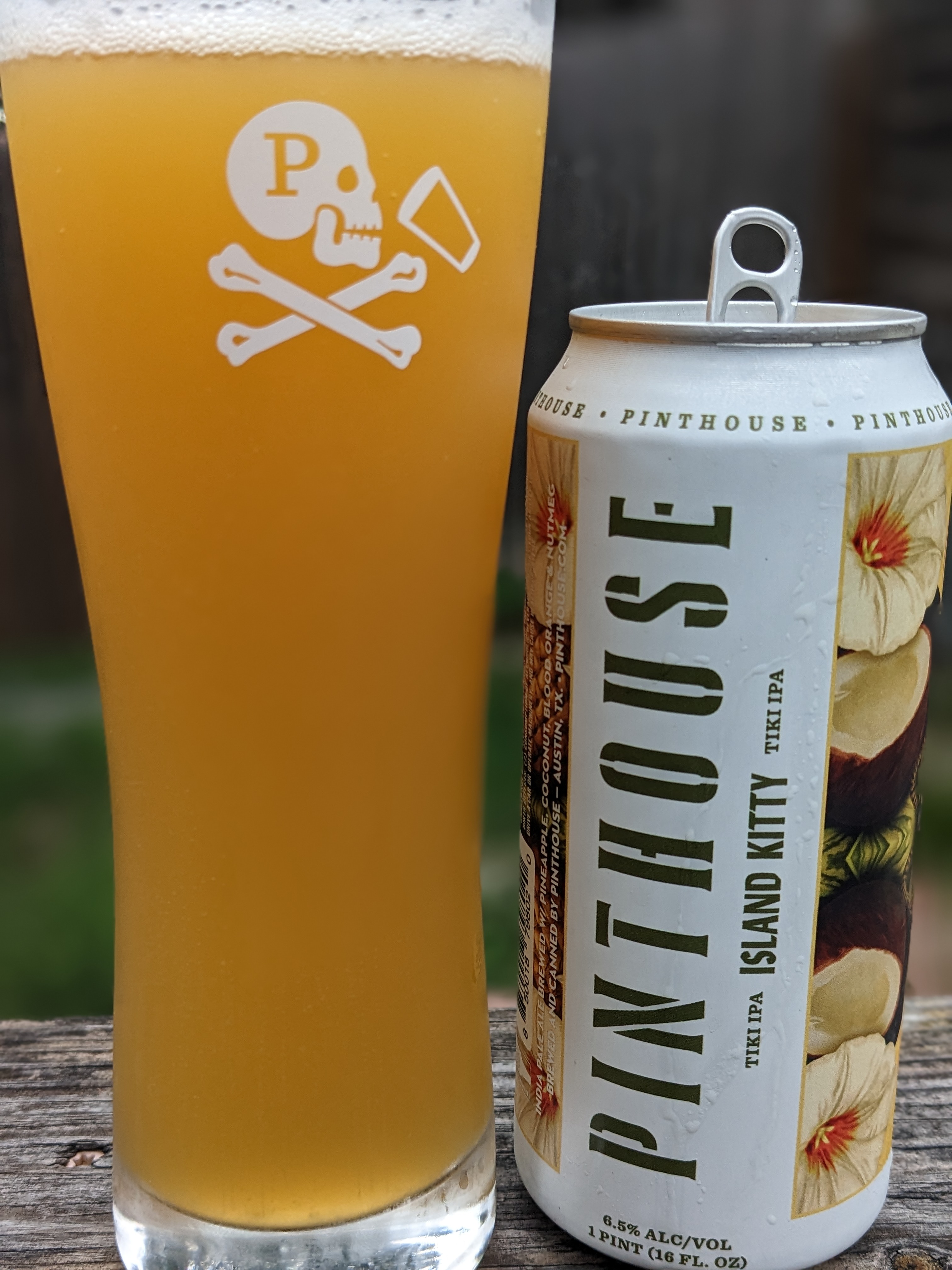
I'm watching The Mummy so this many units of beer in ancient Egyptian. What a time to be alive!
𓃊𓃎𓃌 𓃀𓅂𓅂𓂋

Last edited:
Brewers up 3-1 at home. I don't want a bottom of the ninth. Secret weapon? American Brown, HB... Live at the Apollo. Wham. 5 runs insurance. Love that beer!
Good stuff.
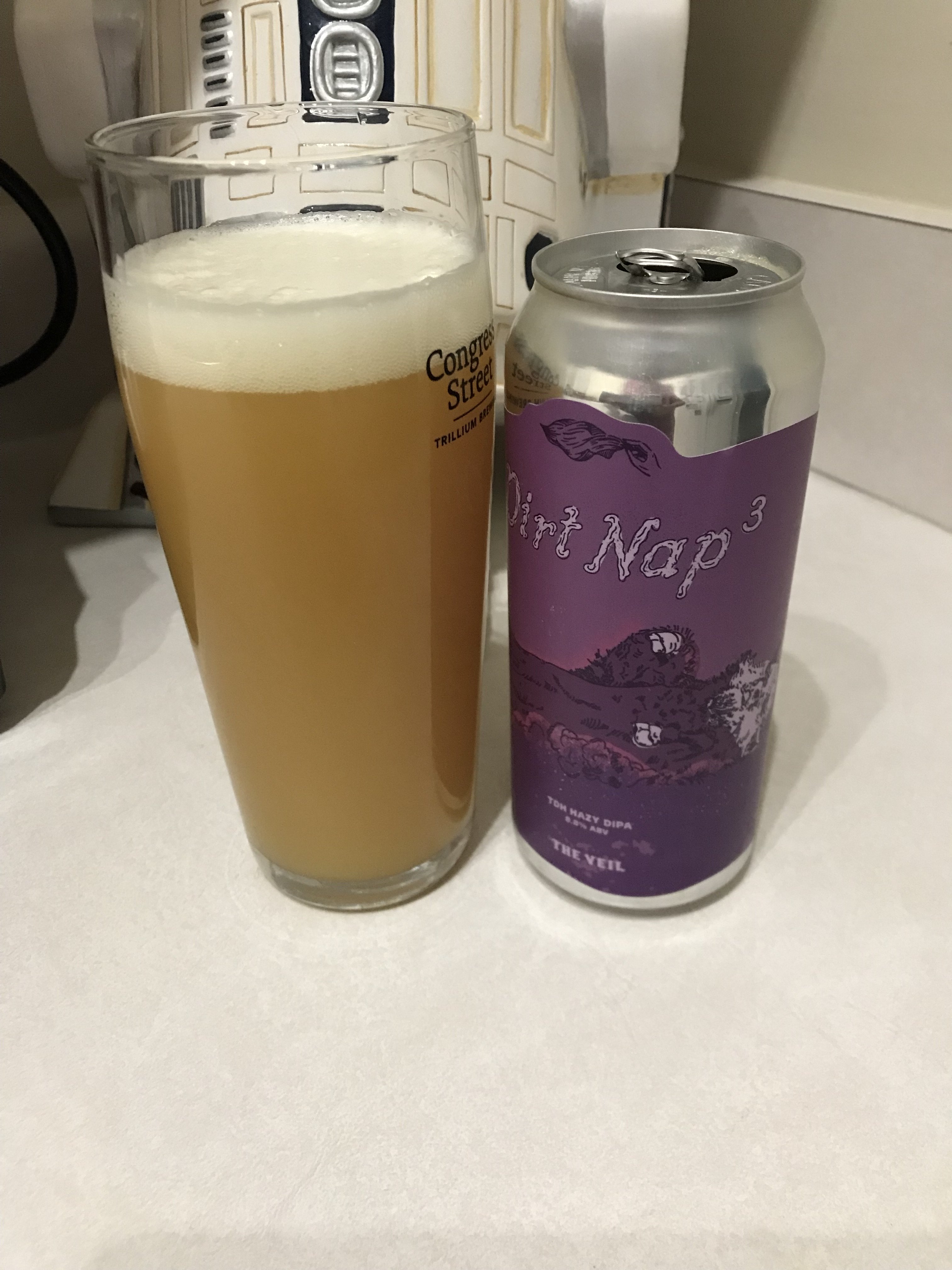

376AU. For my own sanity, I'll be stopping the counting...
Meh, WCIPA
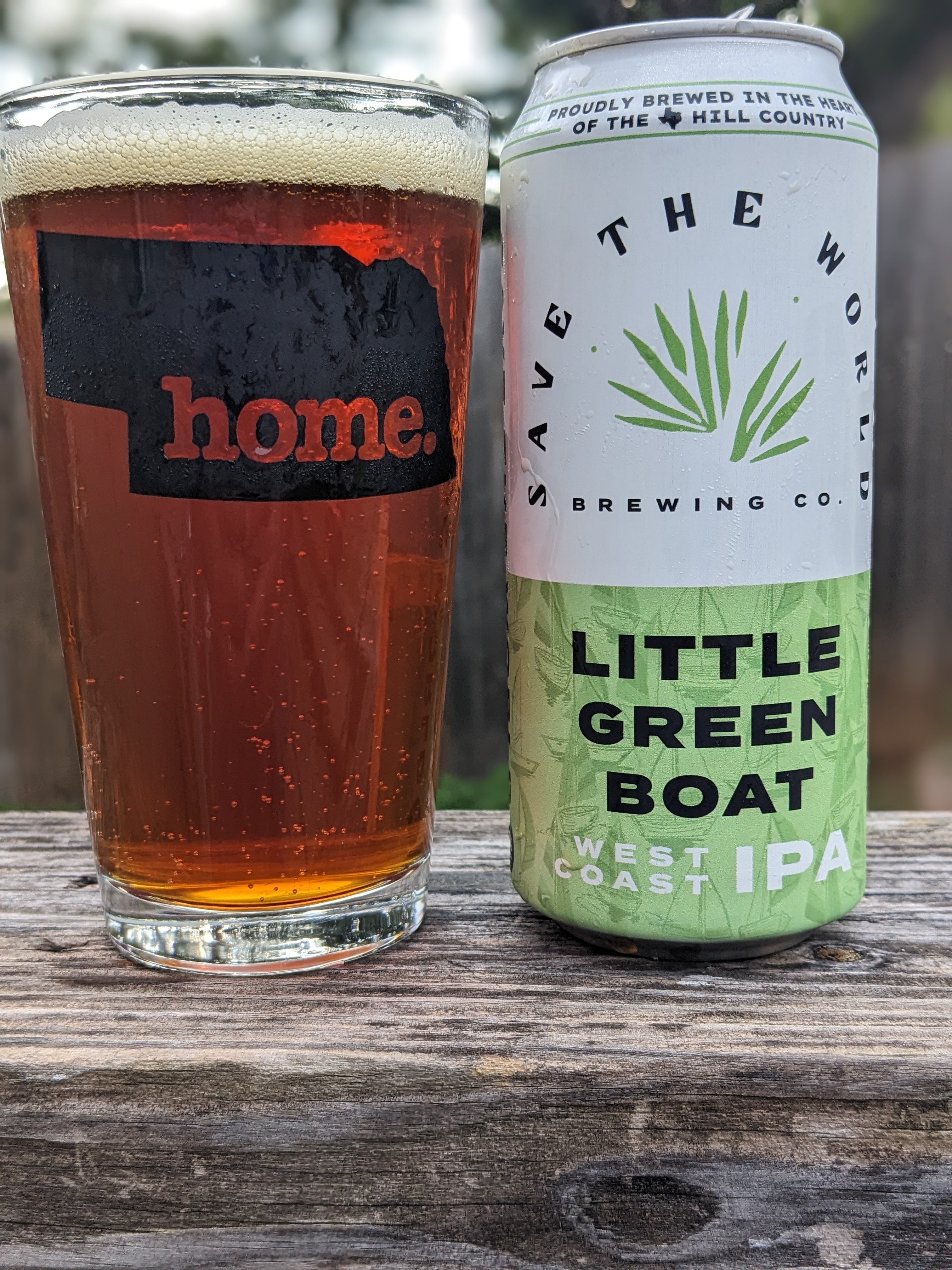
Meh, WCIPA

Okay, maybe 10-12 more units..??
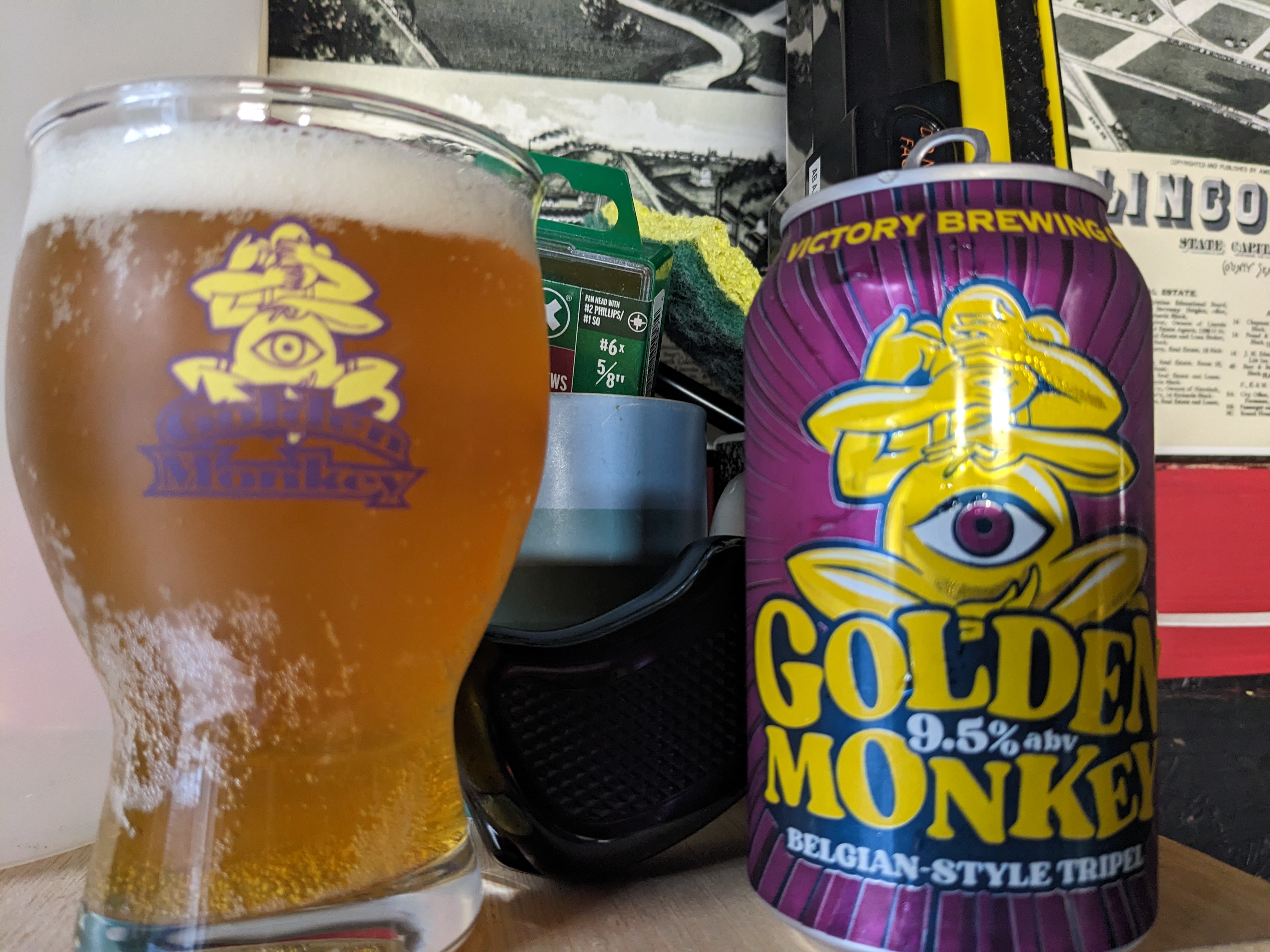

Having a drink to calm my nerves…
Just killed a big ol ‘effn rattlesnake chillin by my back door. I absolutely hate snakes and hate them even more when they surprise me. Sorry for you animal lovers, but venomous snakes don’t get second chances on my farm. (Dude was deceased when I took the pic with my daughter’s legs)
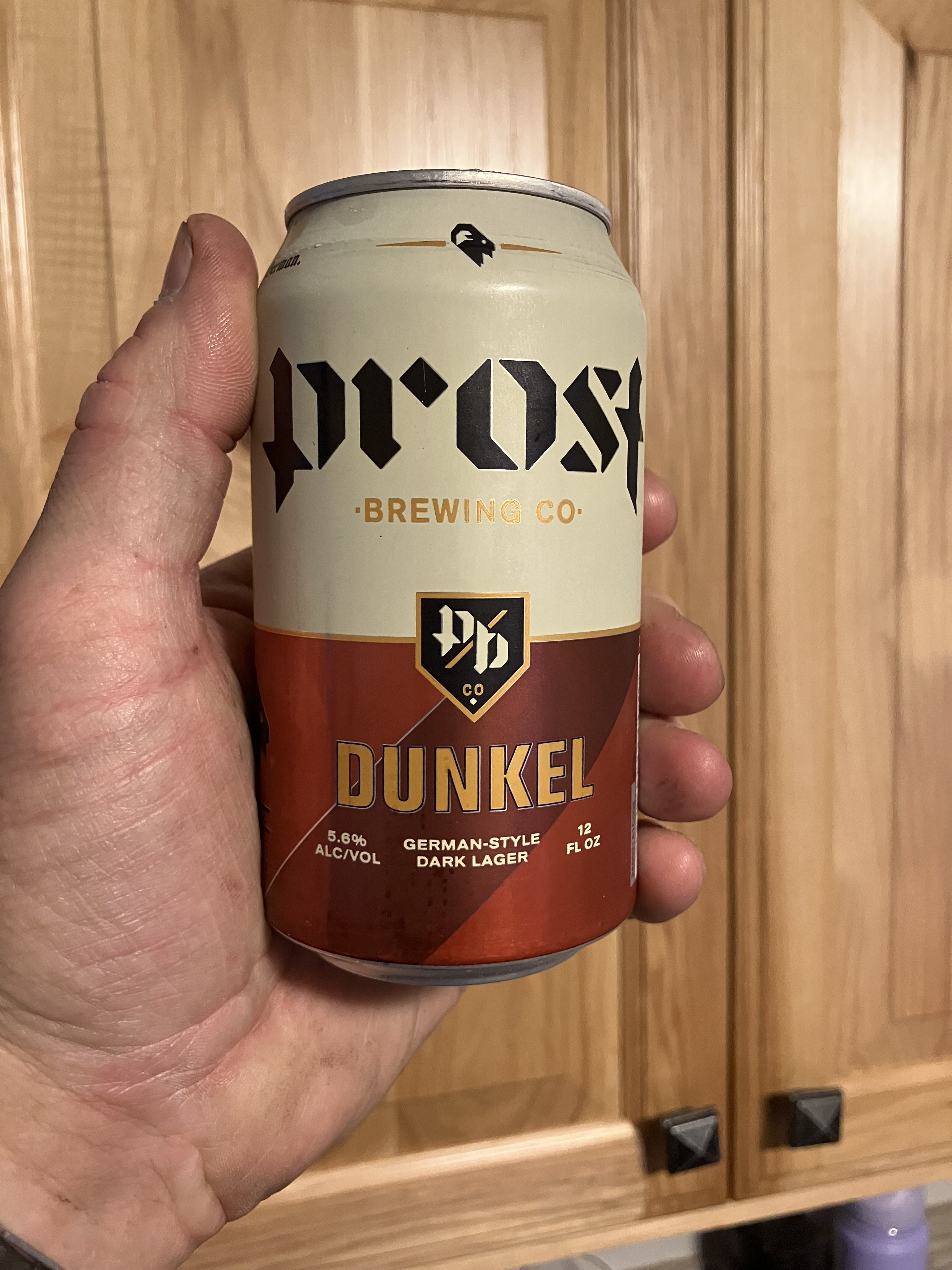

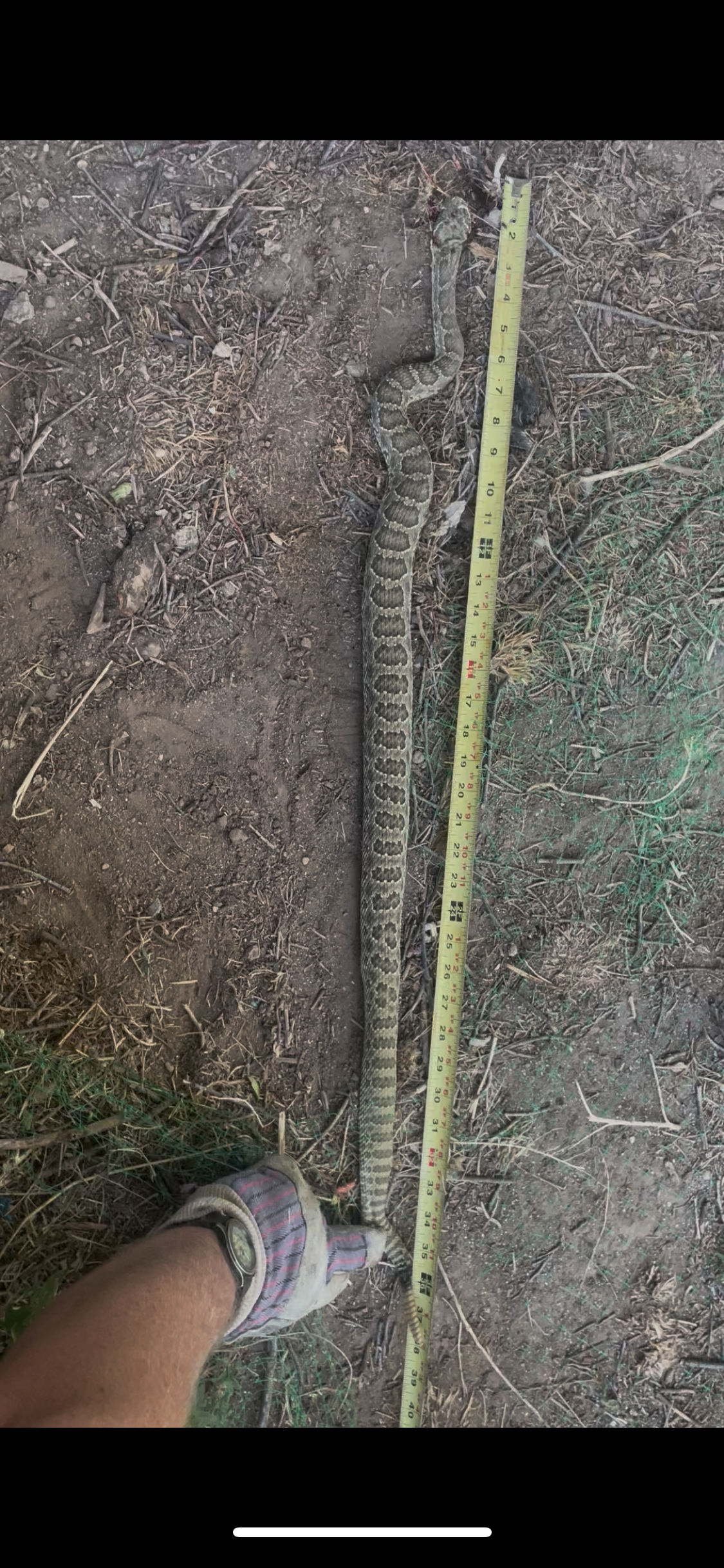
Just killed a big ol ‘effn rattlesnake chillin by my back door. I absolutely hate snakes and hate them even more when they surprise me. Sorry for you animal lovers, but venomous snakes don’t get second chances on my farm. (Dude was deceased when I took the pic with my daughter’s legs)



Glad everyone is okay! We run into Coral snakes the most on the back yard but dogs handle them well. No rattlers nor Copperheads yet.Having a drink to calm my nerves…
Just killed a big ol ‘effn rattlesnake chillin by my back door. I absolutely hate snakes and hate them even more when they surprise me. Sorry for you animal lovers, but venomous snakes don’t get second chances on my farm. (Dude was deceased when I took the pic with my daughter’s legs)
View attachment 879907
View attachment 879908
View attachment 879909
Great great beer! Although, my liver might disagree.
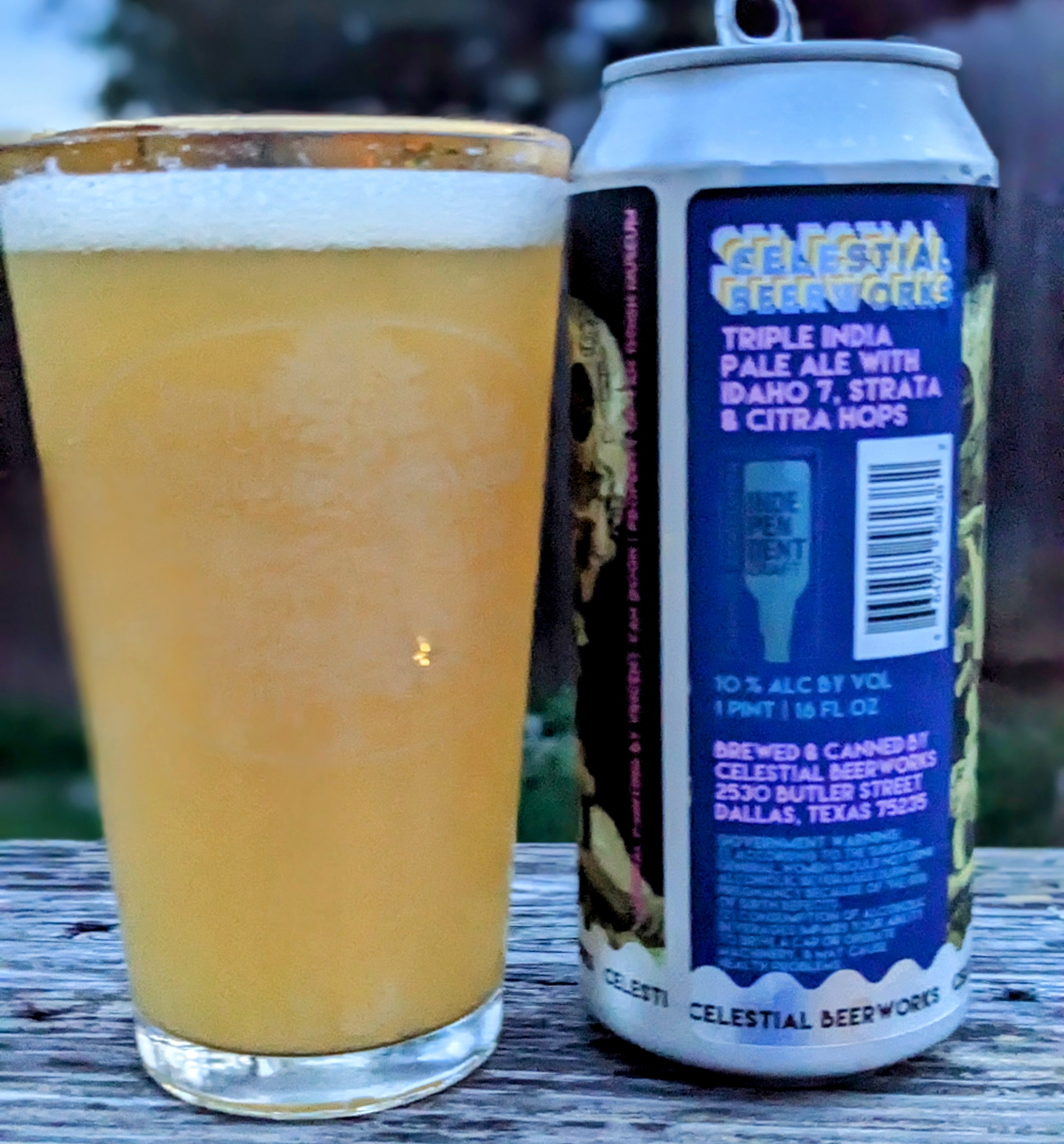
UPS that to @Rish to make some wine out of it stat!Having a drink to calm my nerves…
Just killed a big ol ‘effn rattlesnake chillin by my back door. I absolutely hate snakes and hate them even more when they surprise me. Sorry for you animal lovers, but venomous snakes don’t get second chances on my farm. (Dude was deceased when I took the pic with my daughter’s legs)
View attachment 879907
View attachment 879908
View attachment 879909
Pennine
Well Known Fool
- Joined
- Sep 10, 2019
- Messages
- 527
- Reaction score
- 2,516
That's a big one, oddly I haven't run into any of them on the trail this year yet. Knocks on wood.Having a drink to calm my nerves…
Just killed a big ol ‘effn rattlesnake chillin by my back door. I absolutely hate snakes and hate them even more when they surprise me. Sorry for you animal lovers, but venomous snakes don’t get second chances on my farm. (Dude was deceased when I took the pic with my daughter’s legs)
View attachment 879907
View attachment 879908
View attachment 879909
Maybe a nice belt… or hat bandUPS that to @Rish to make some wine out of it stat!
Similar threads
- Replies
- 13
- Views
- 834
- Replies
- 23
- Views
- 761
American Pale Ale
Sub 4% ABV Competition Entry - West Coast "Micro IPA"
- Replies
- 2
- Views
- 699

